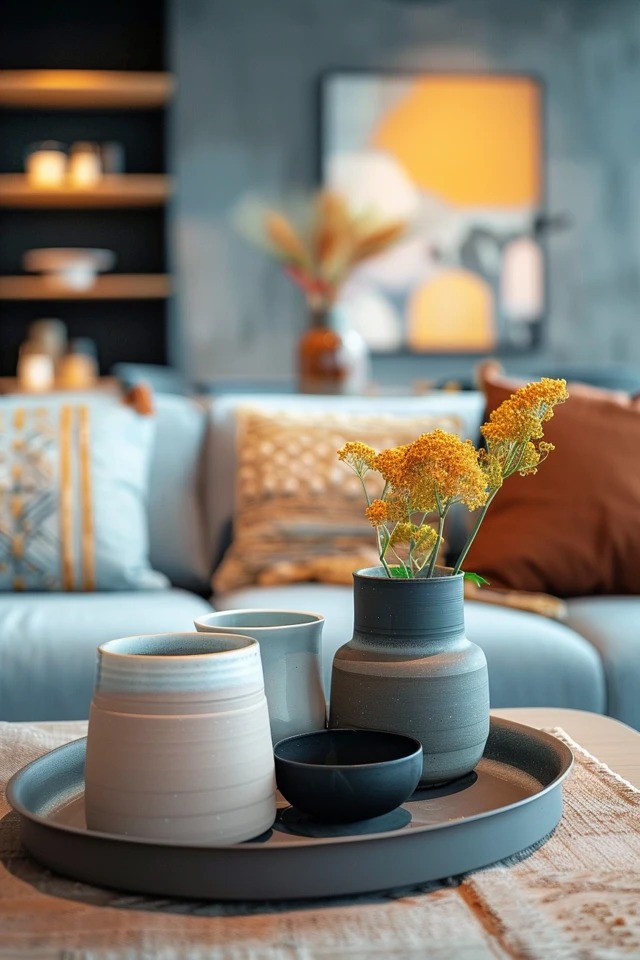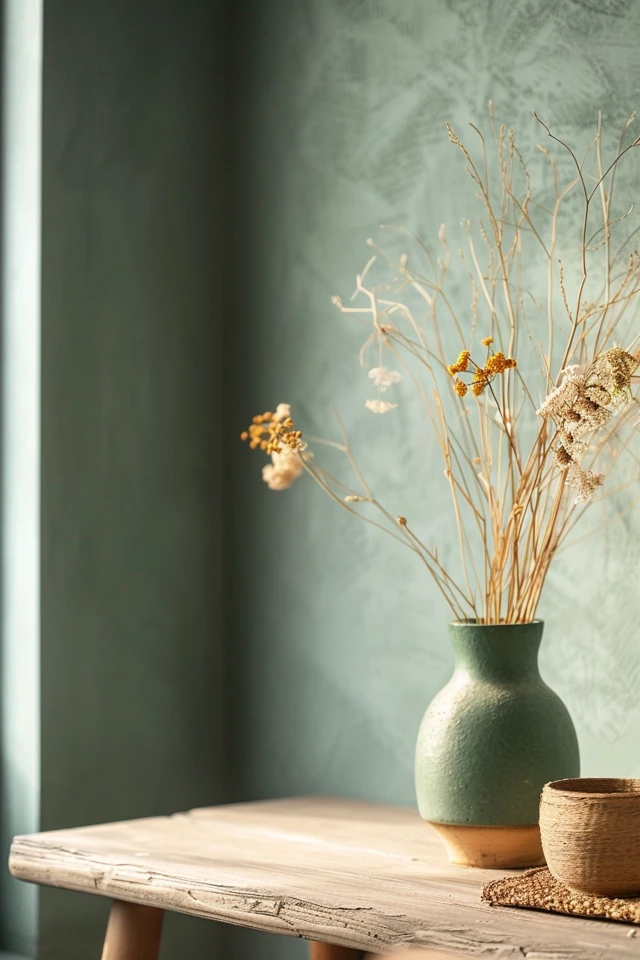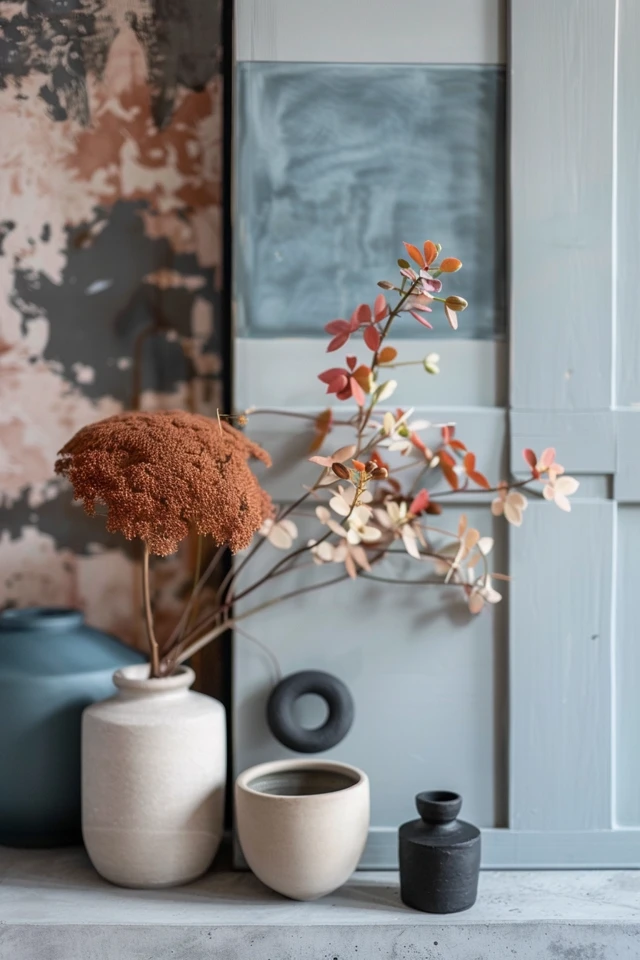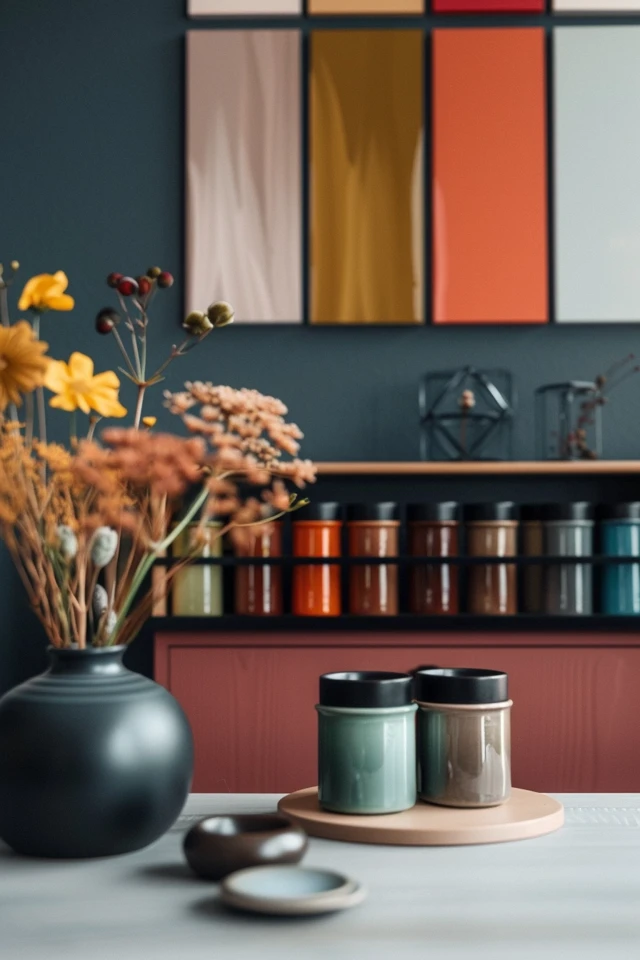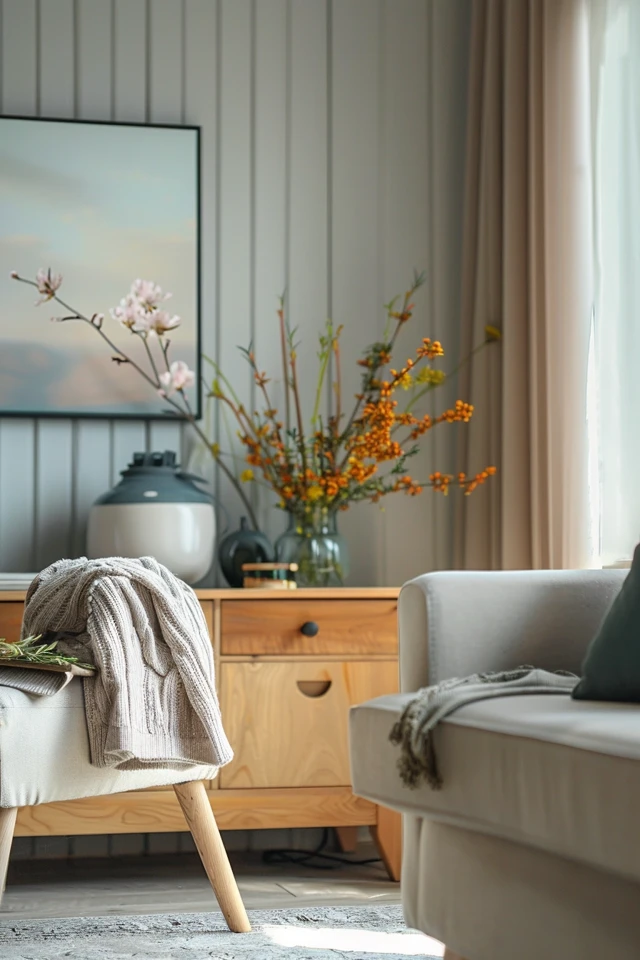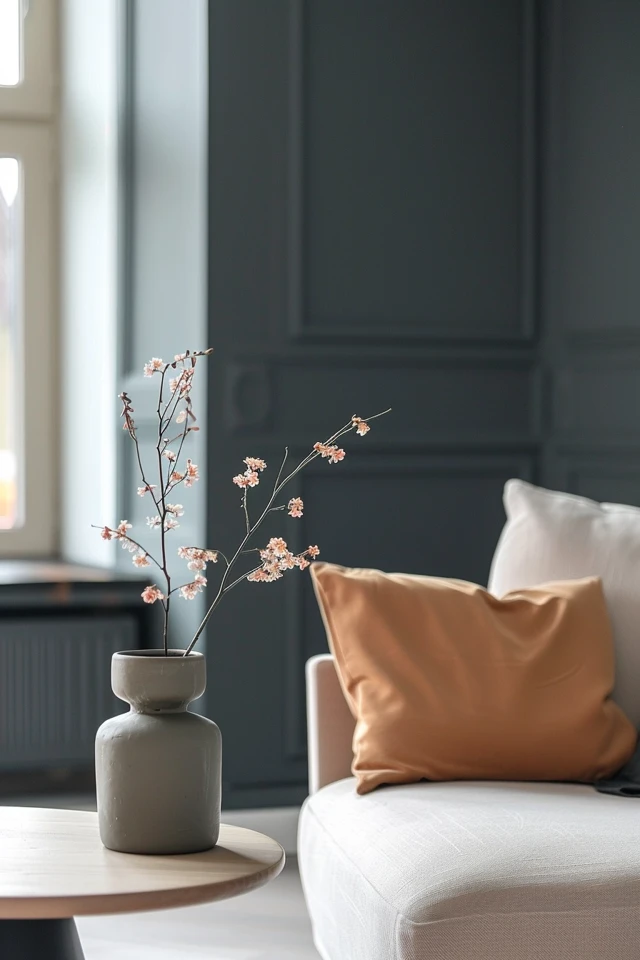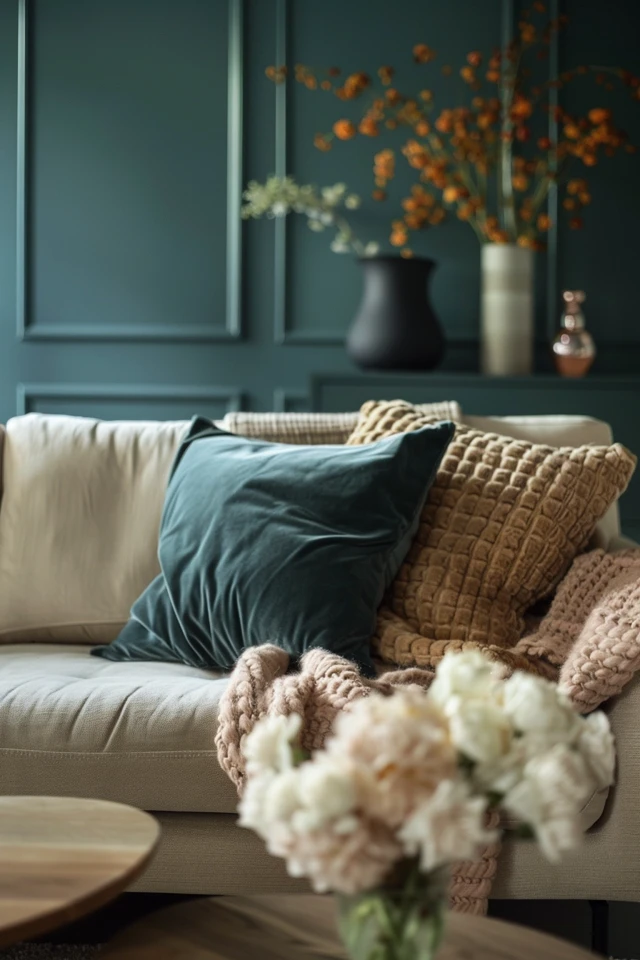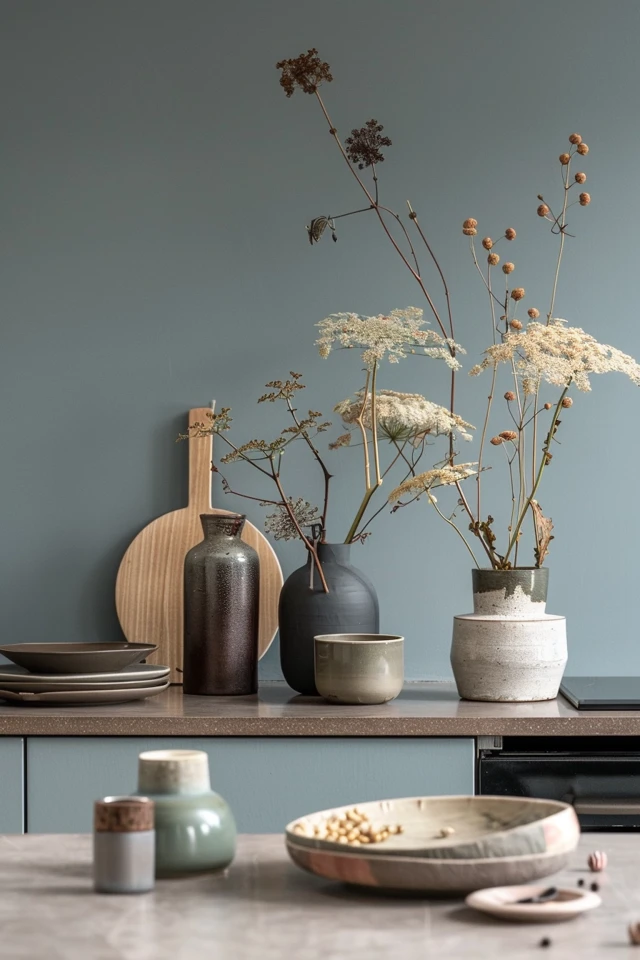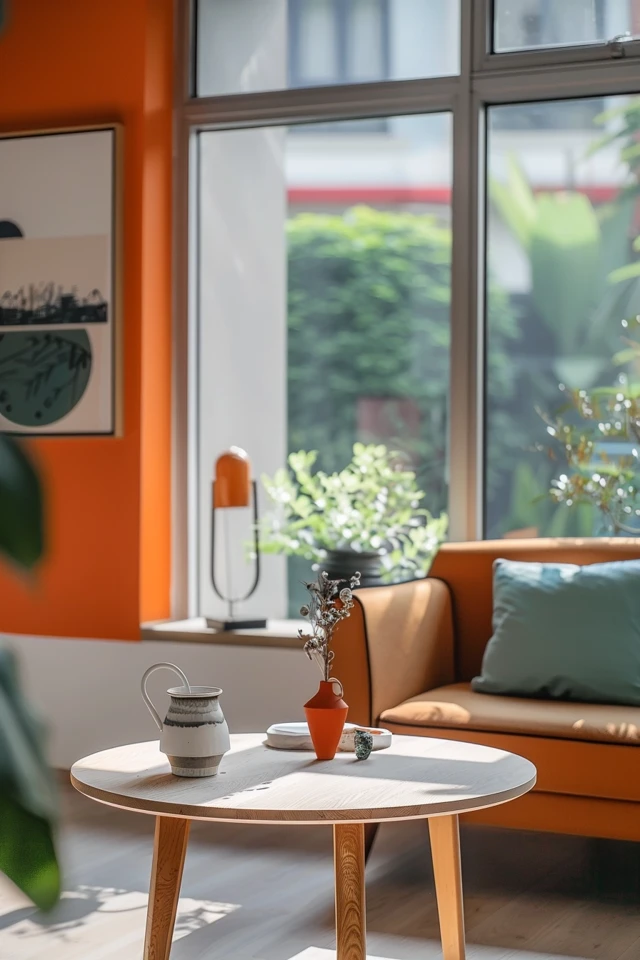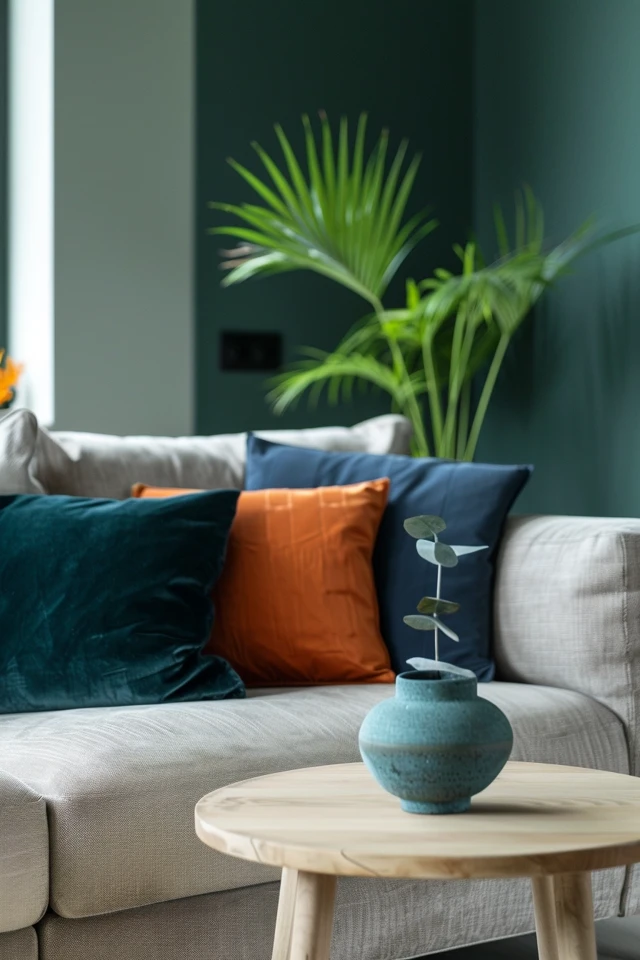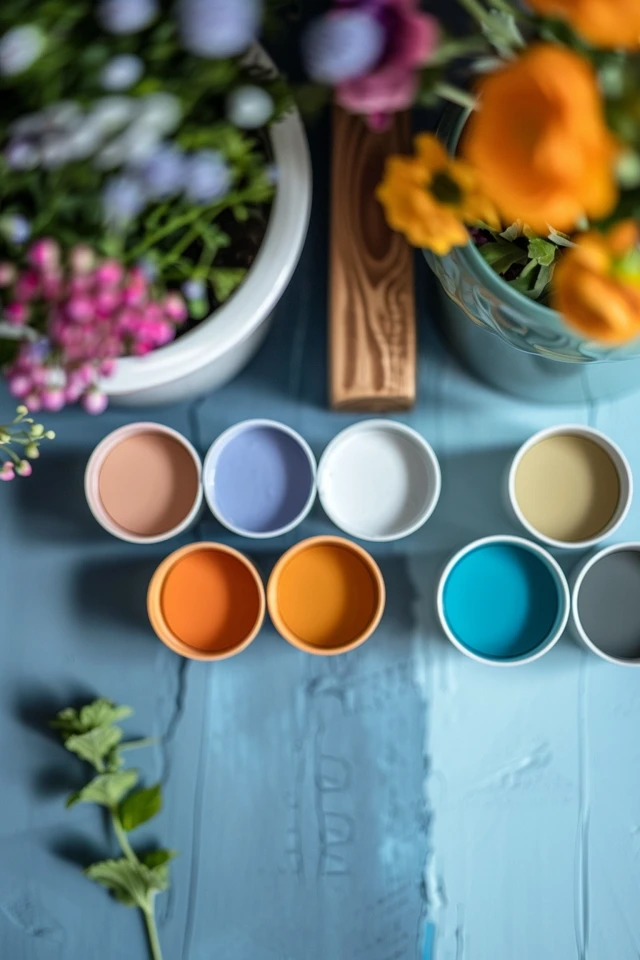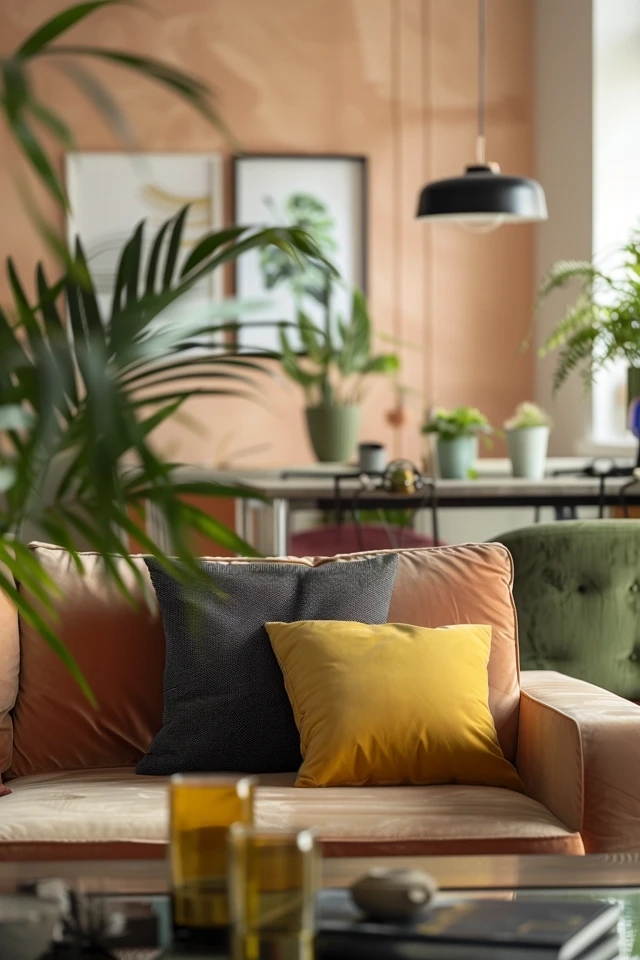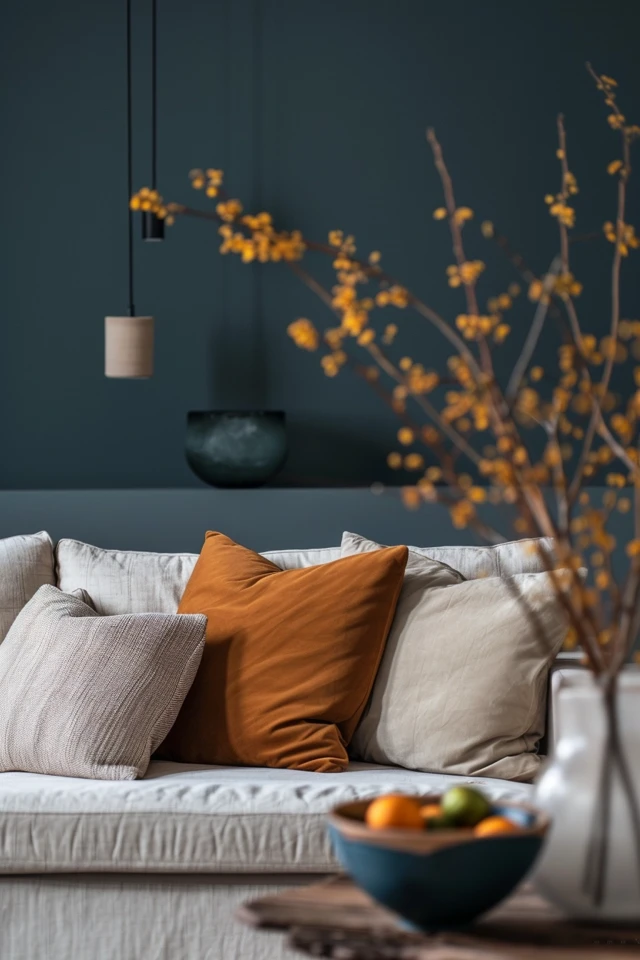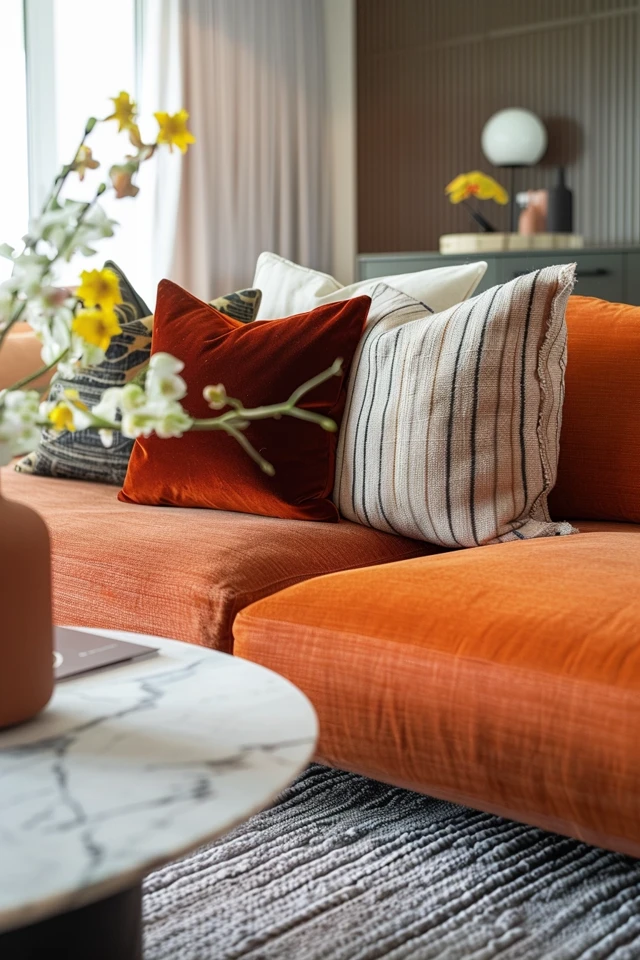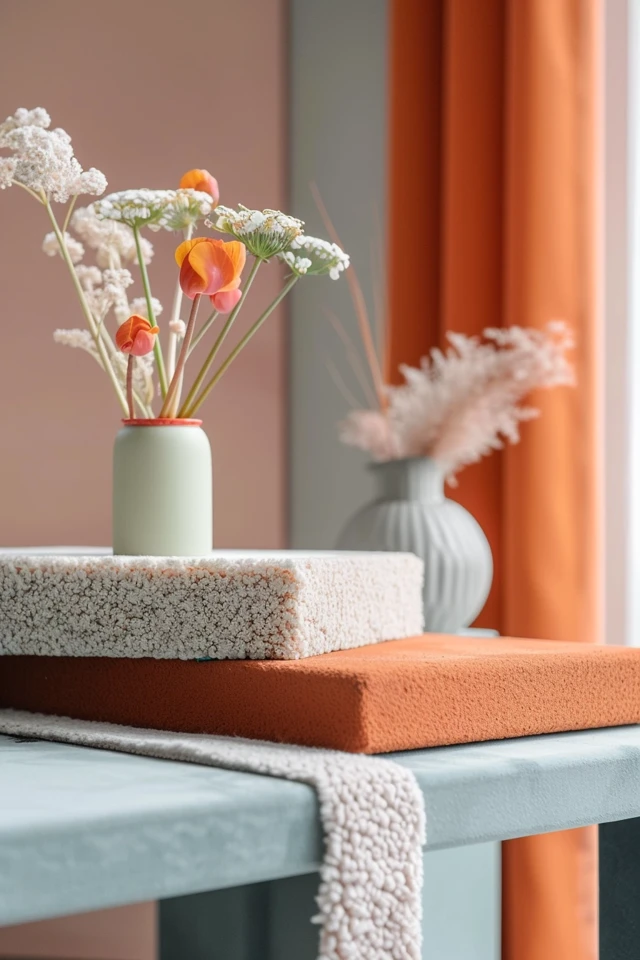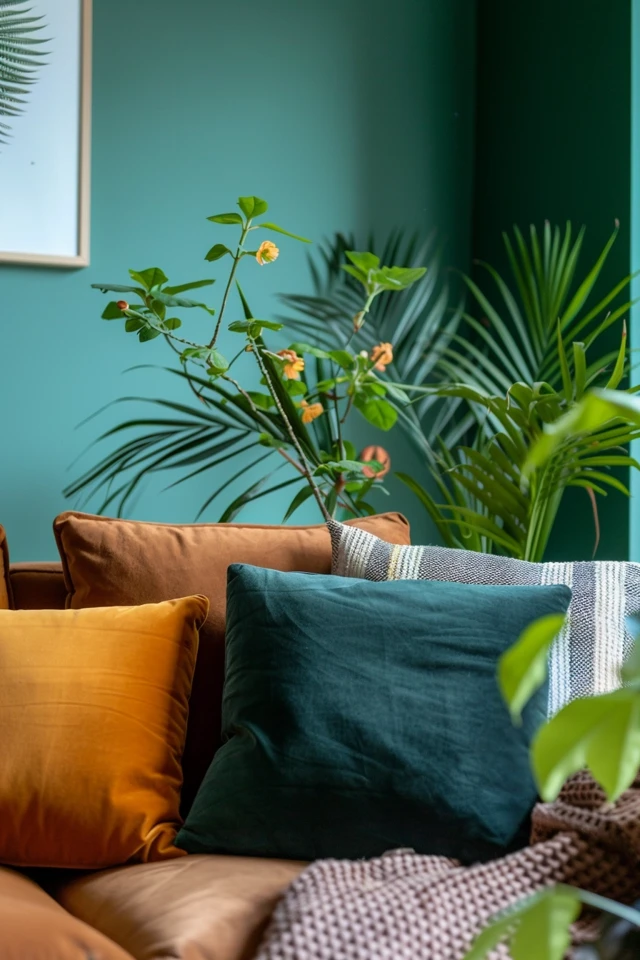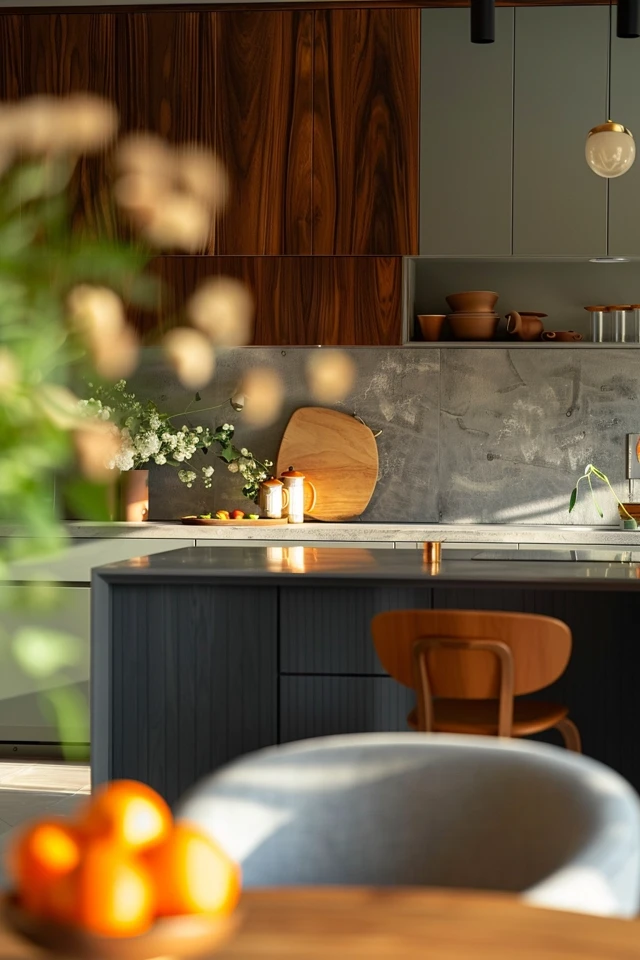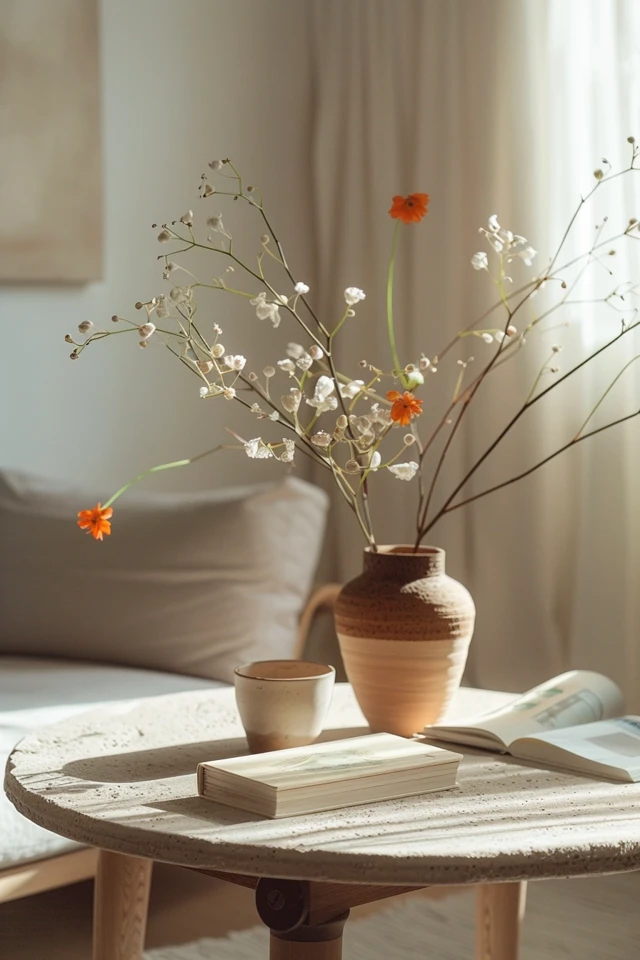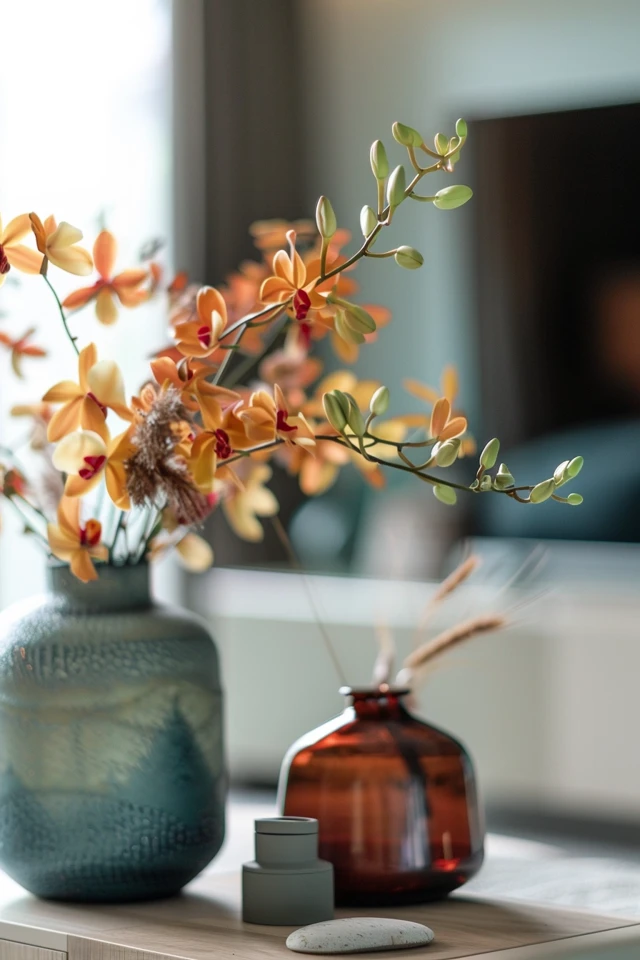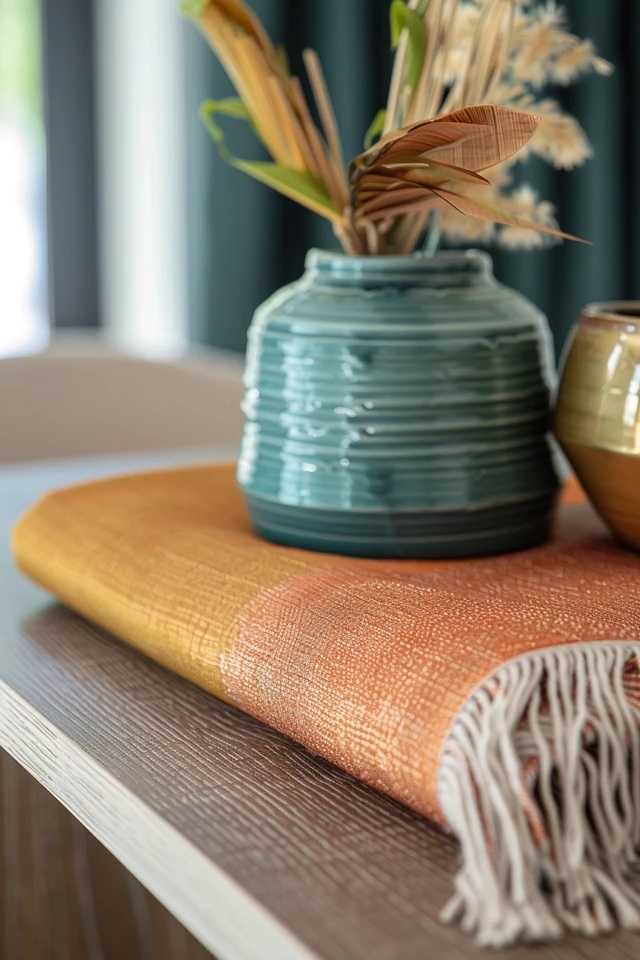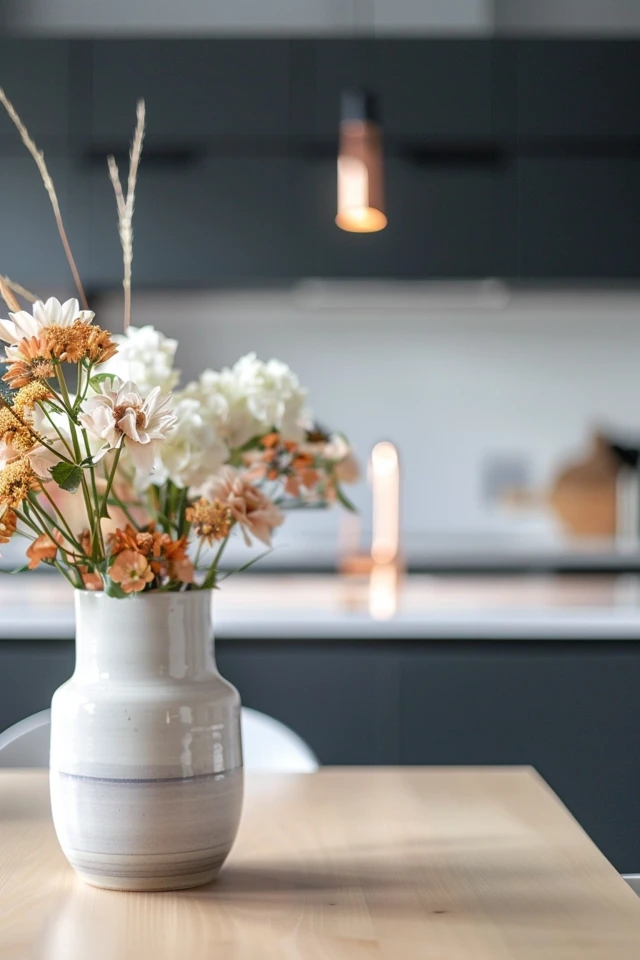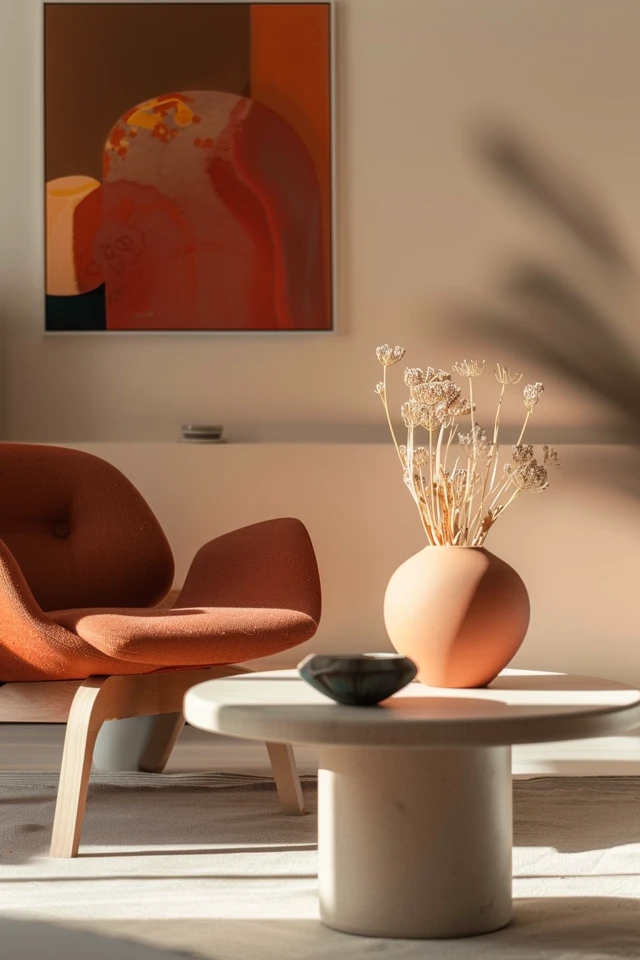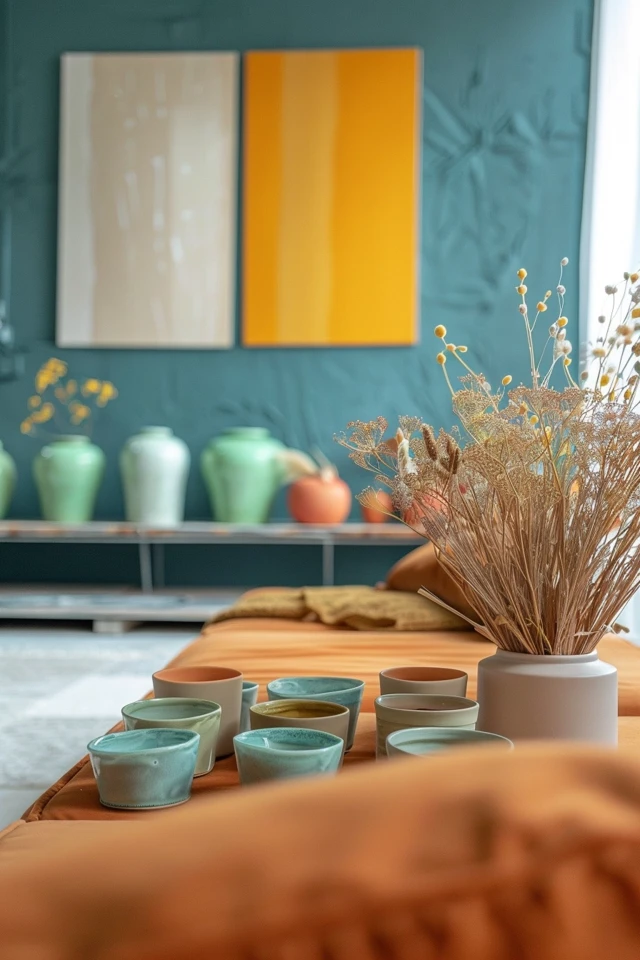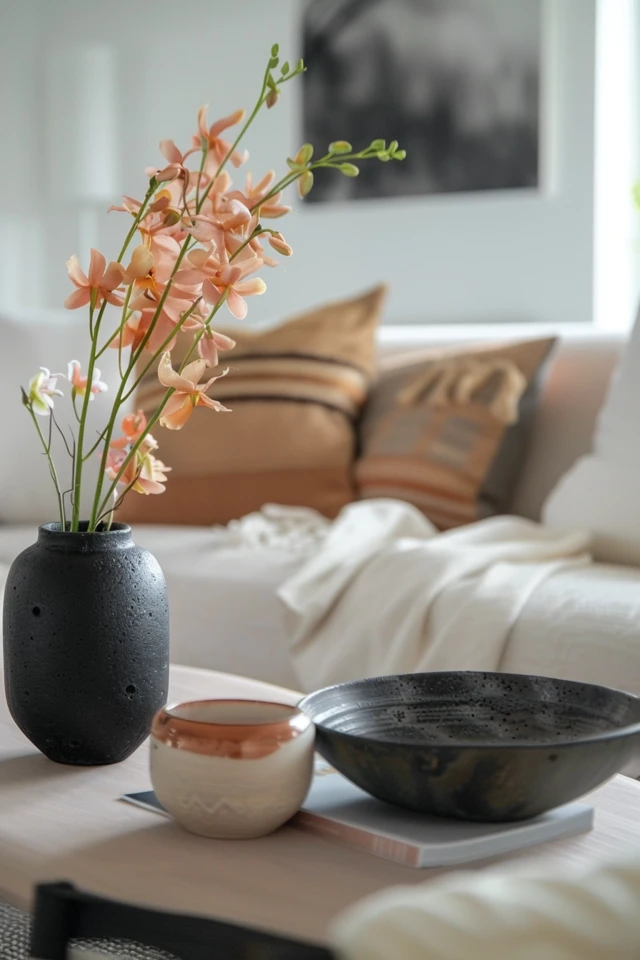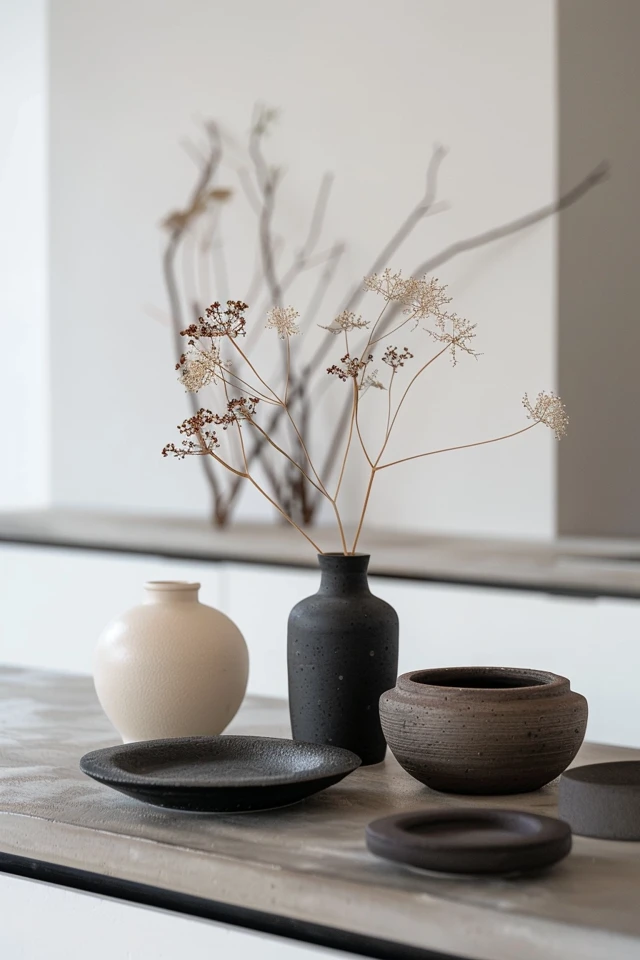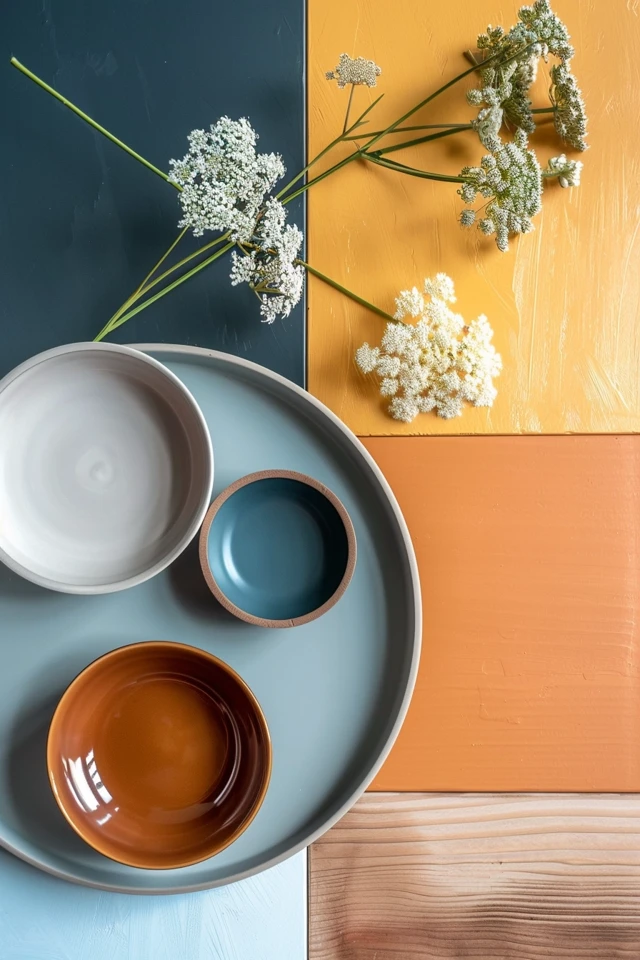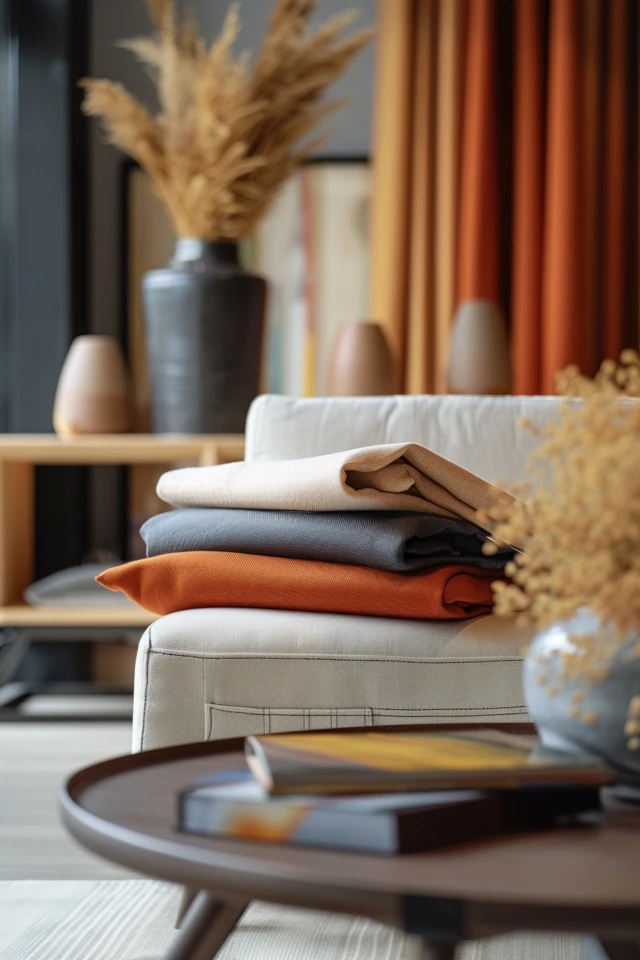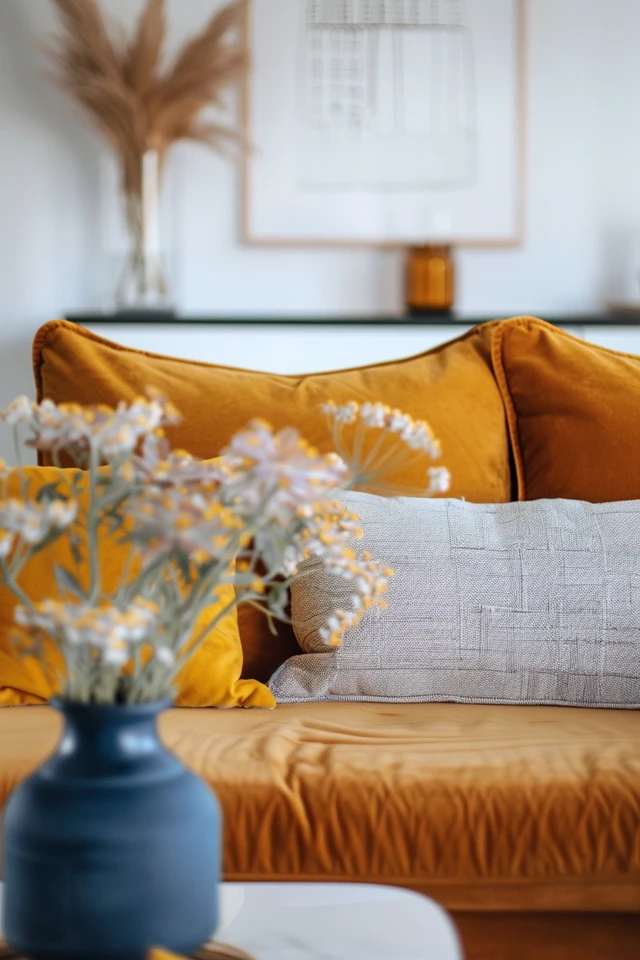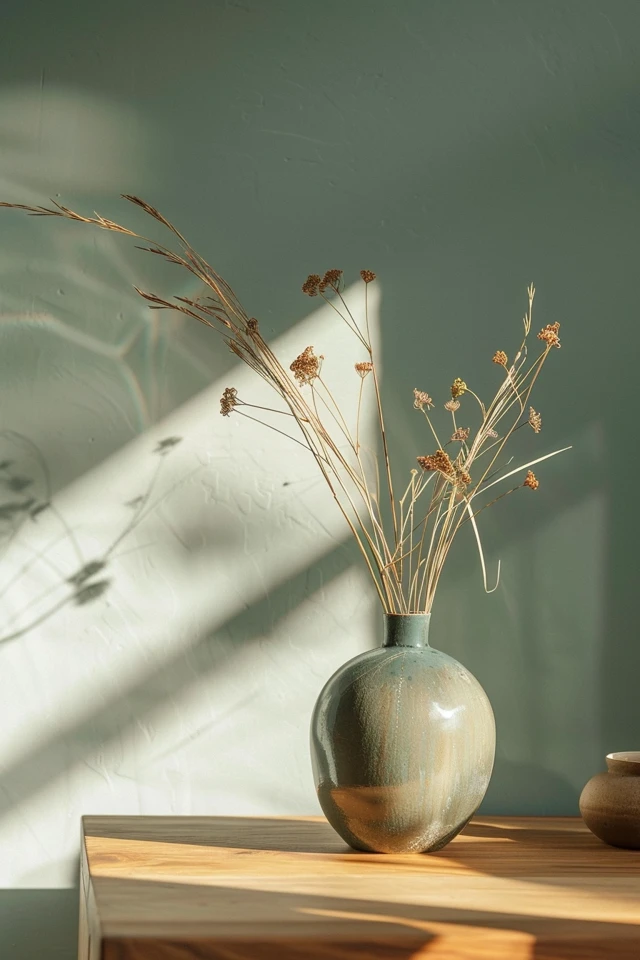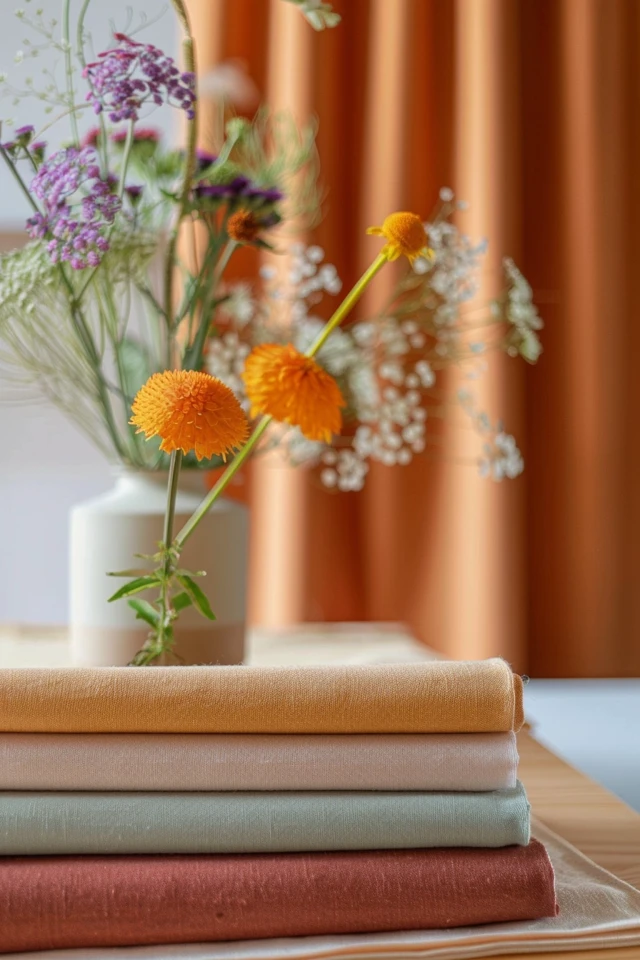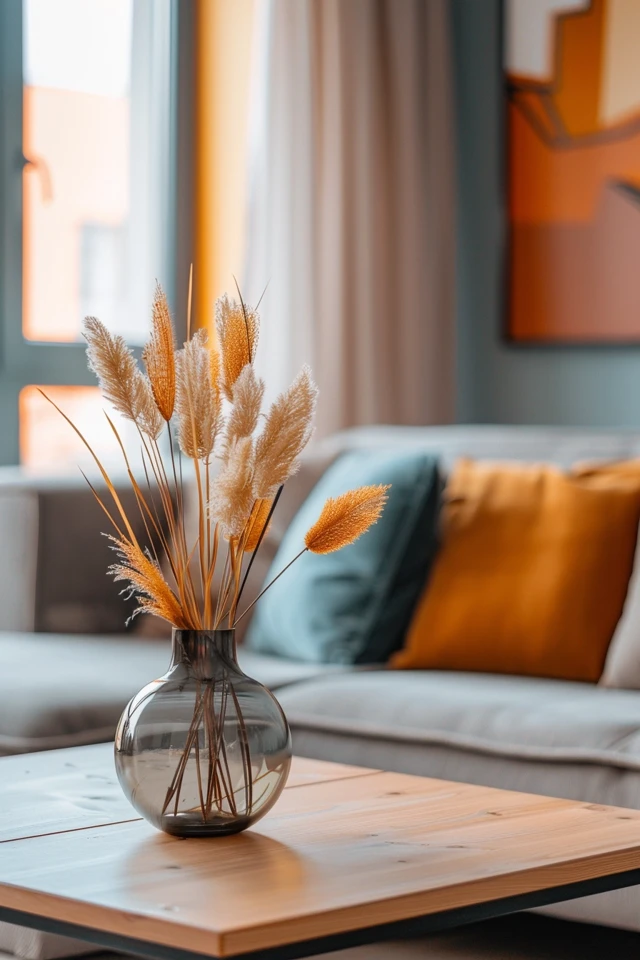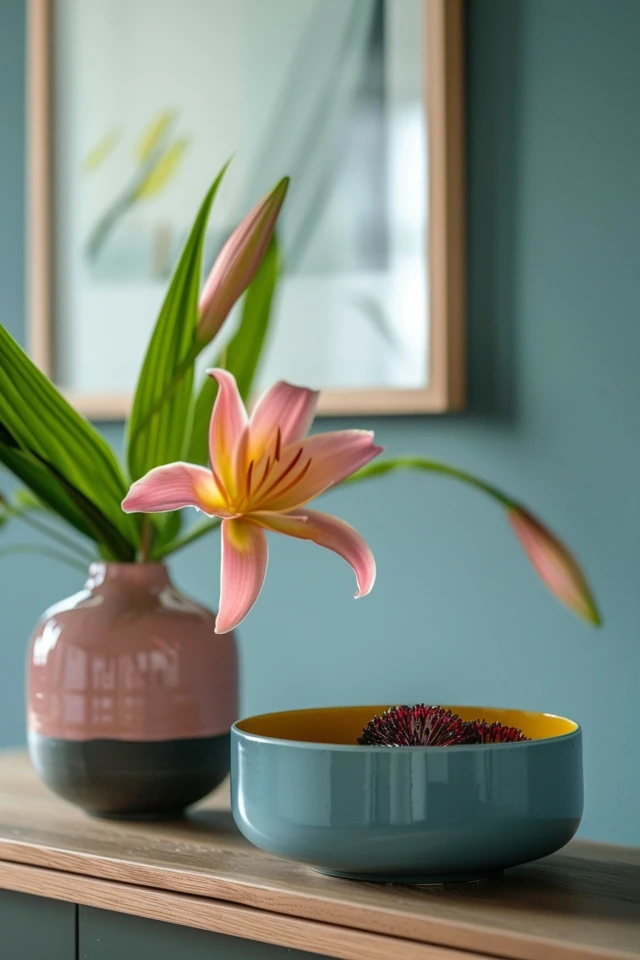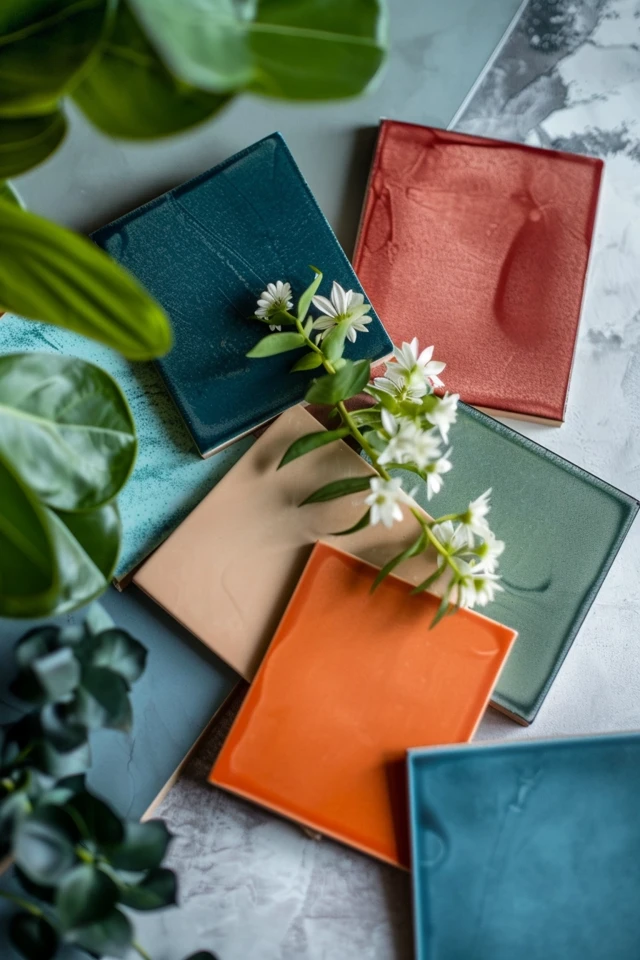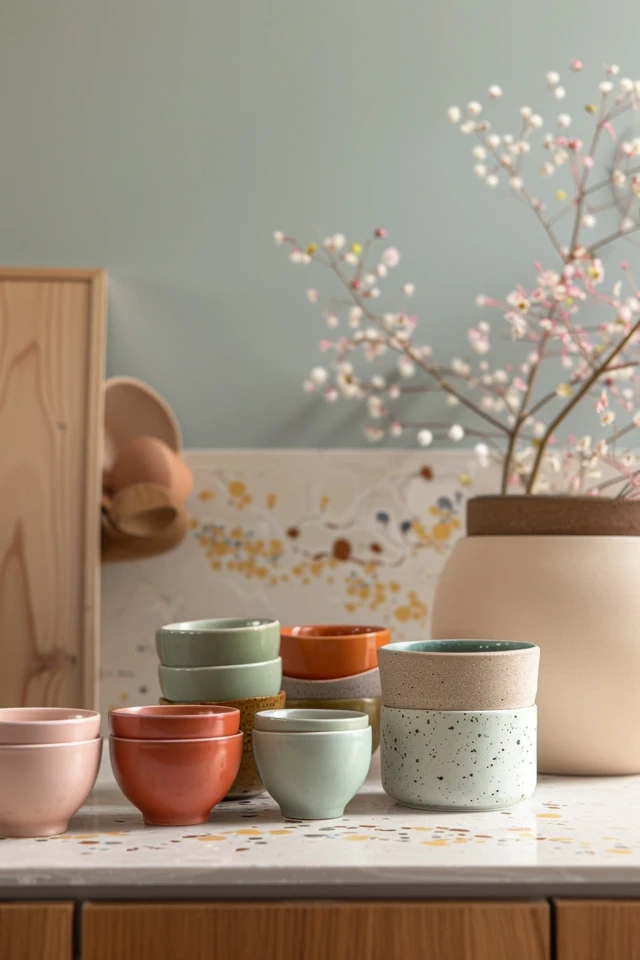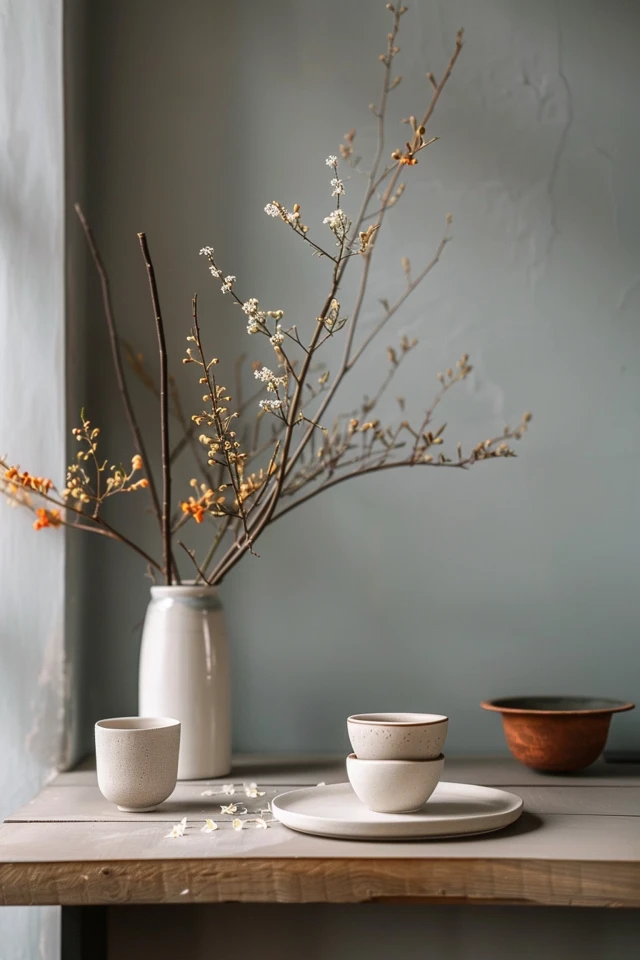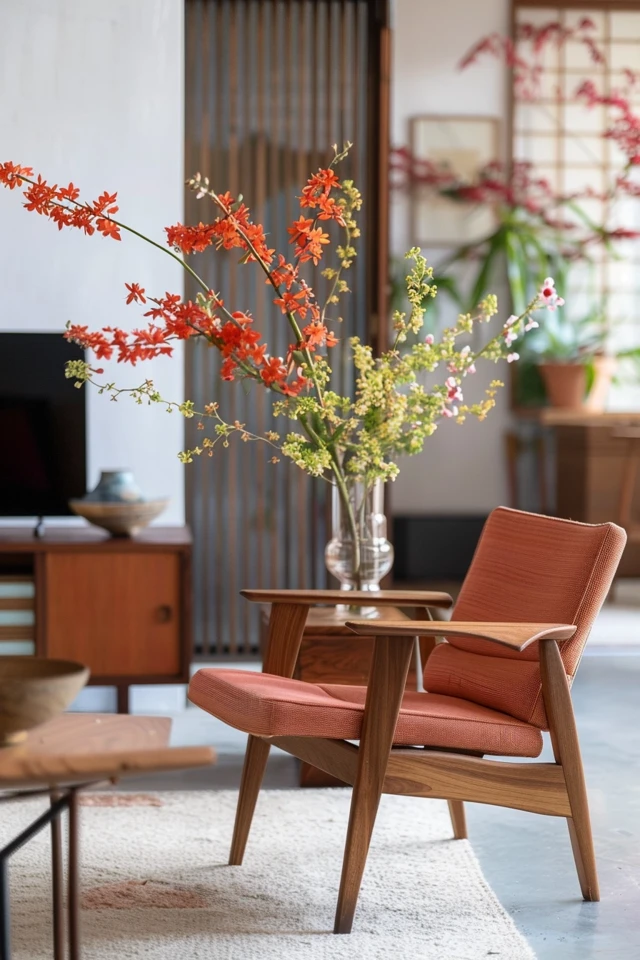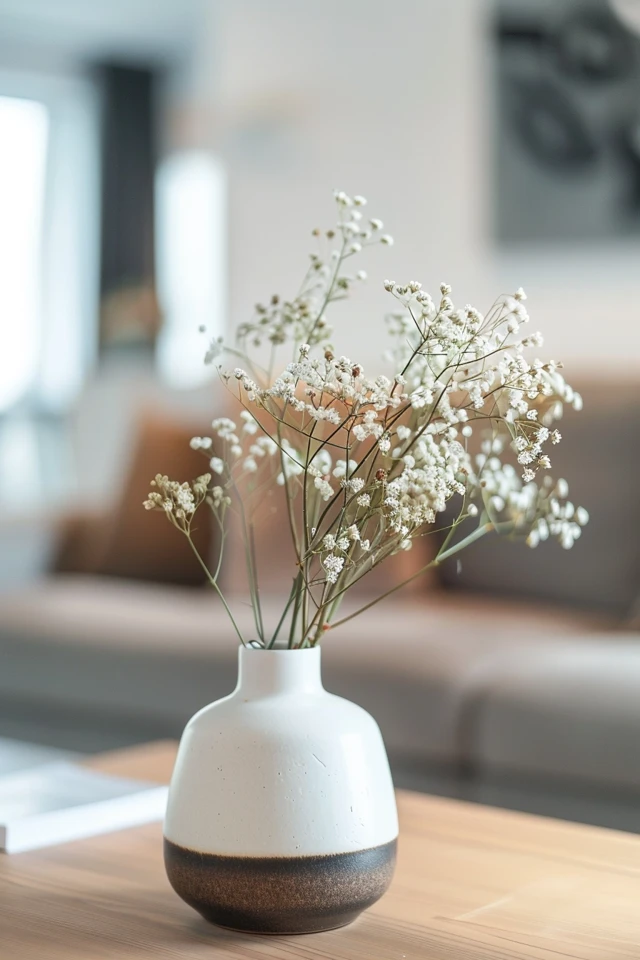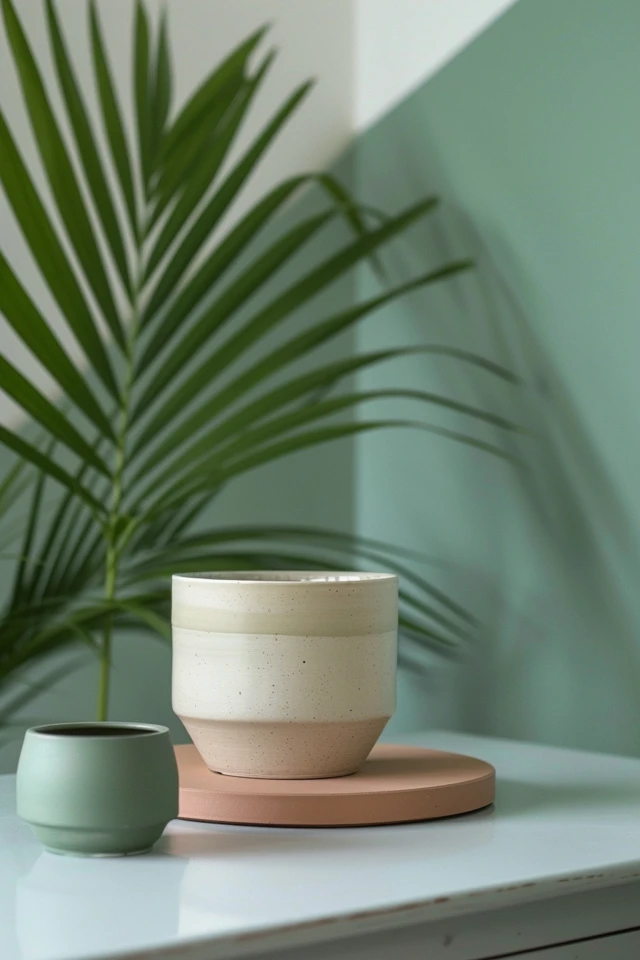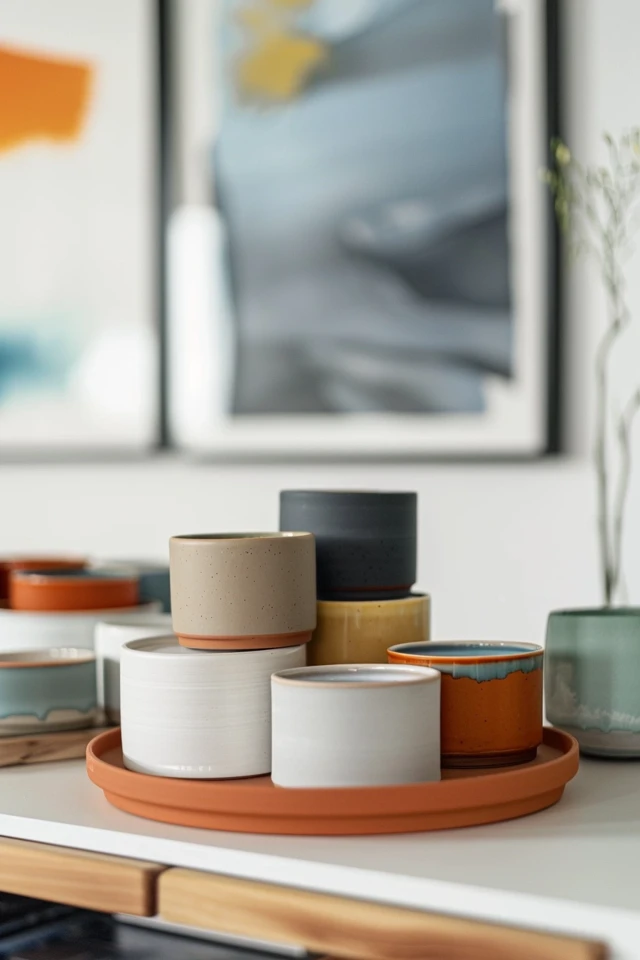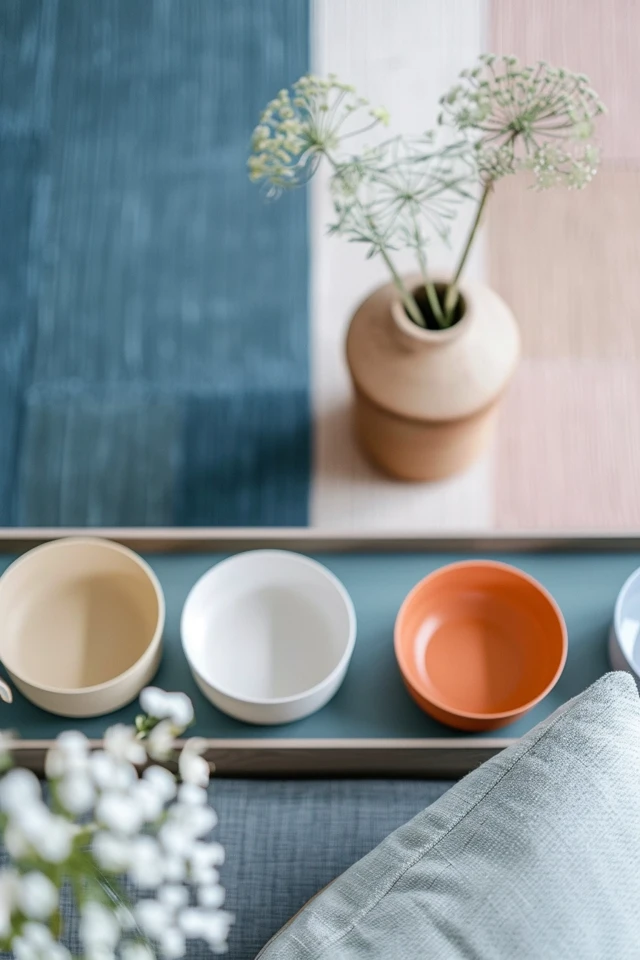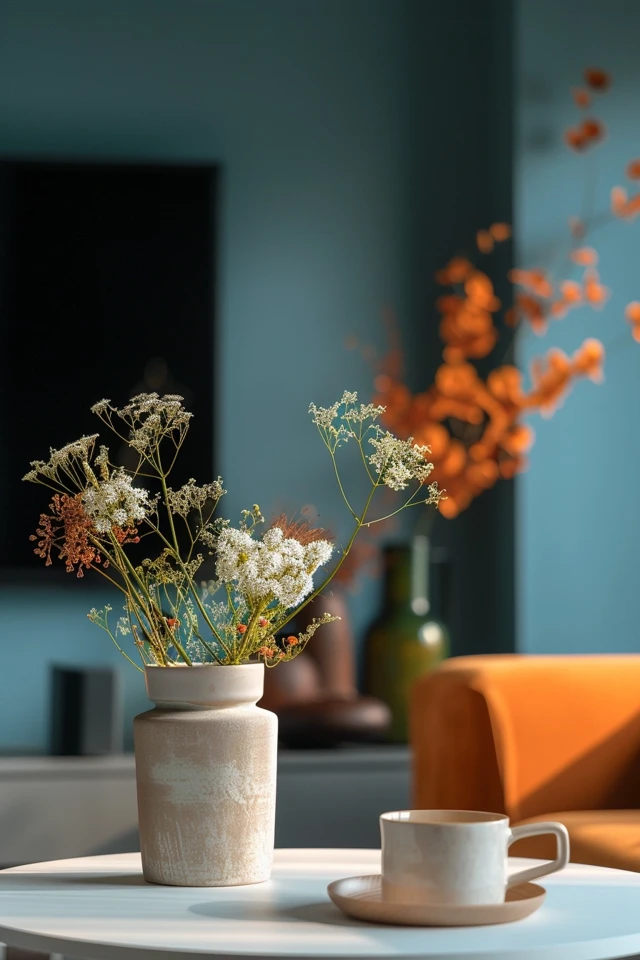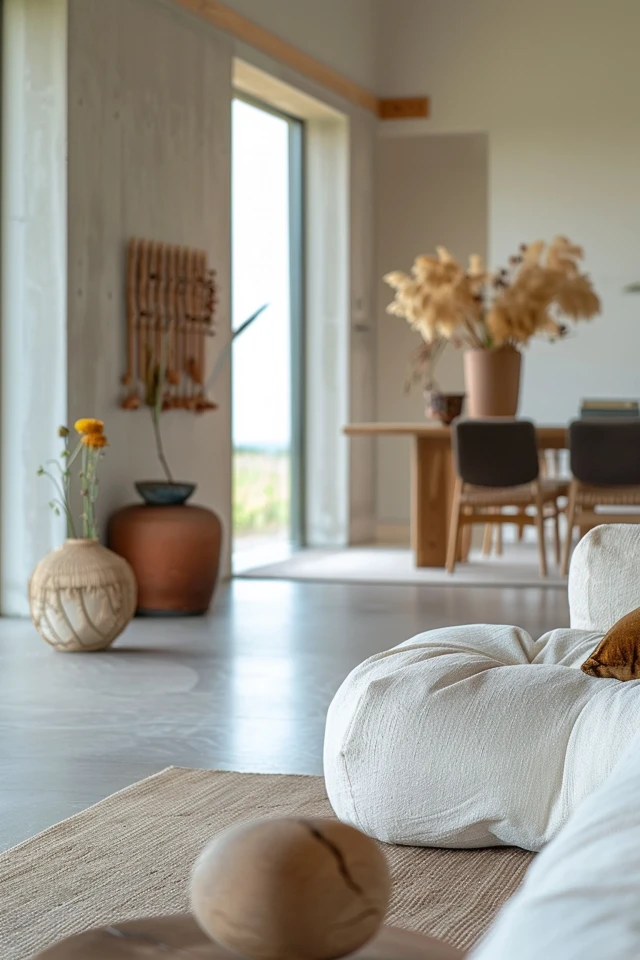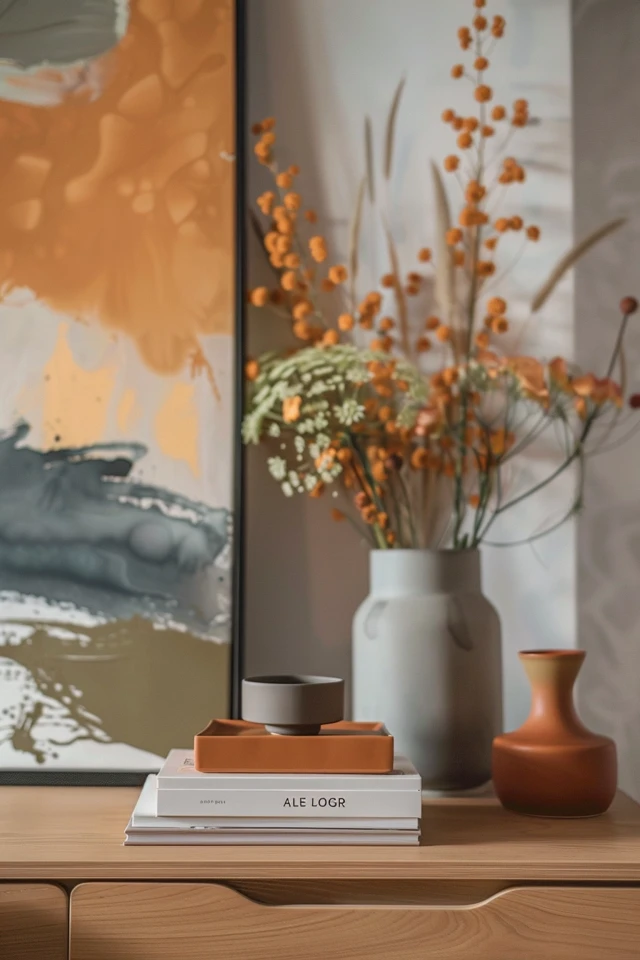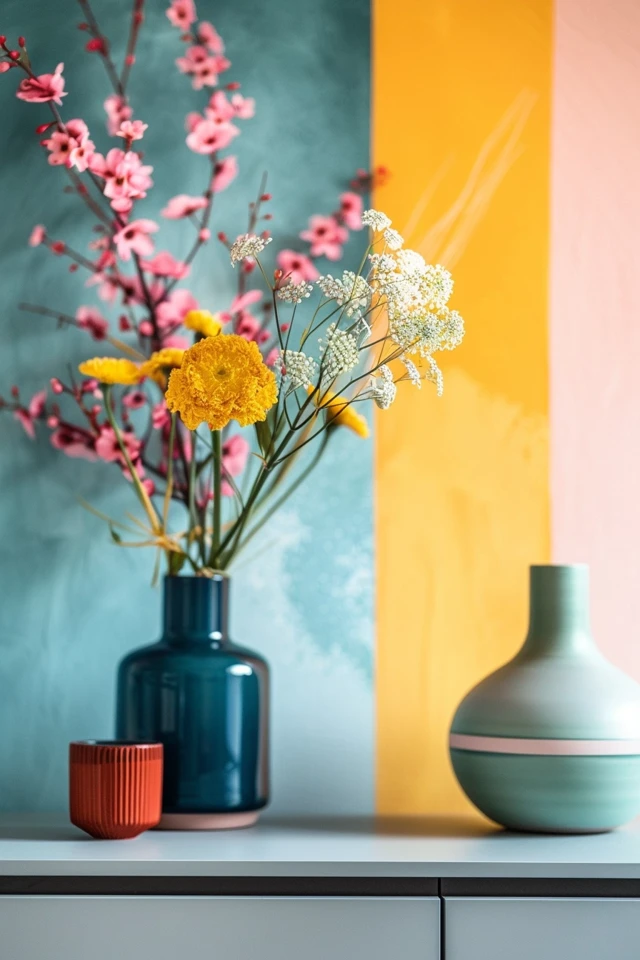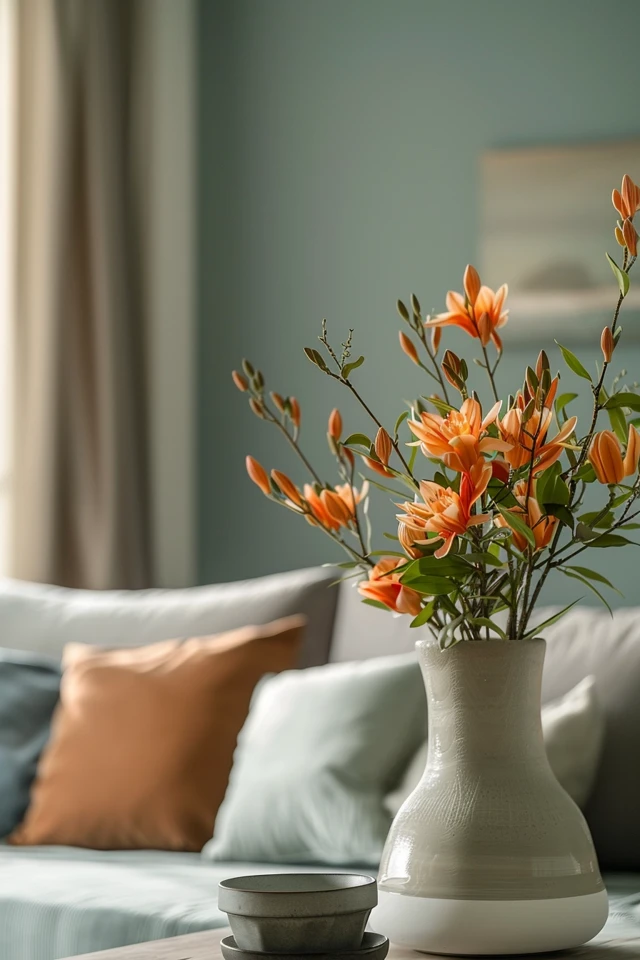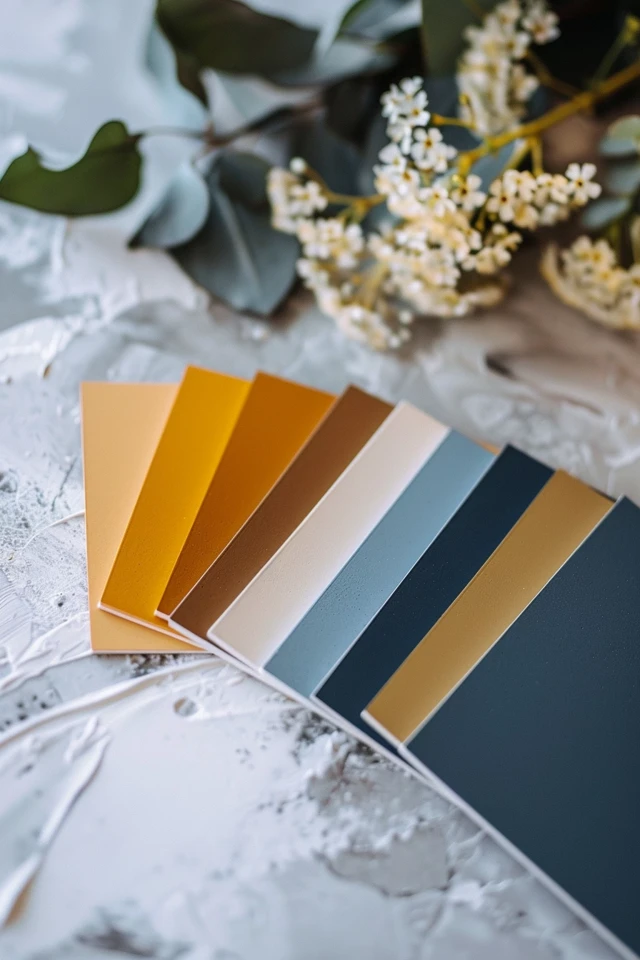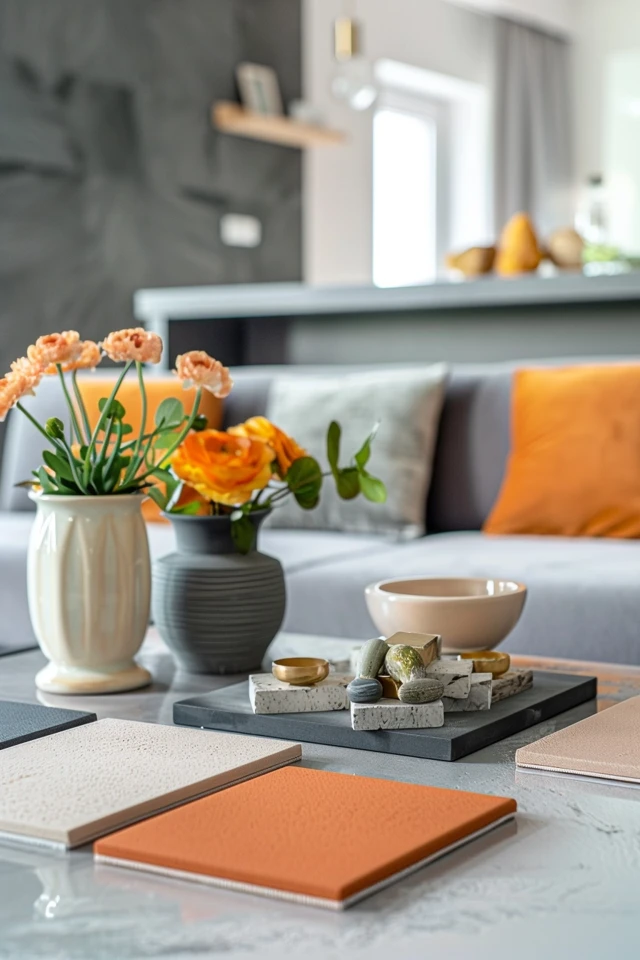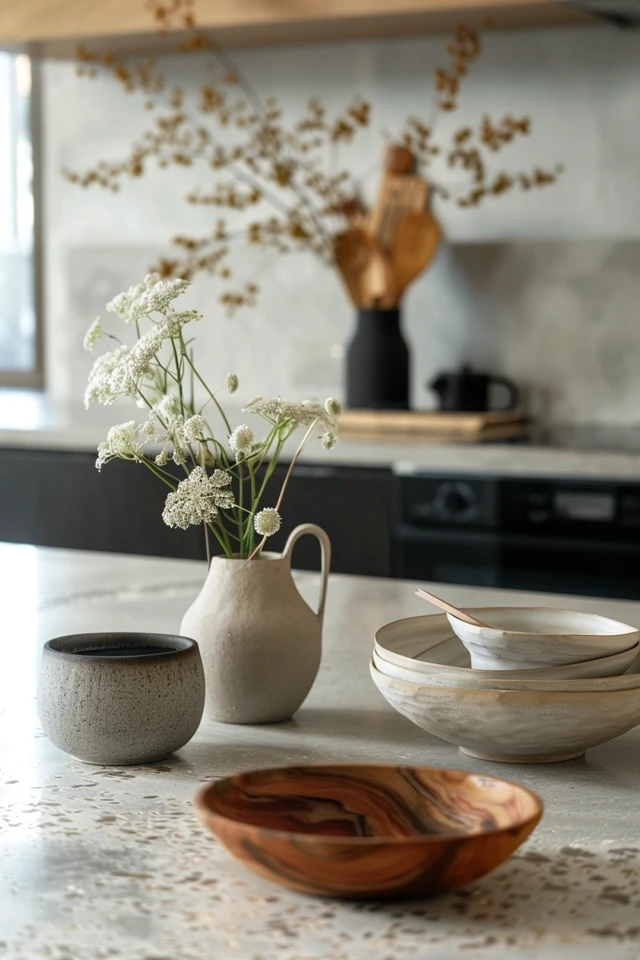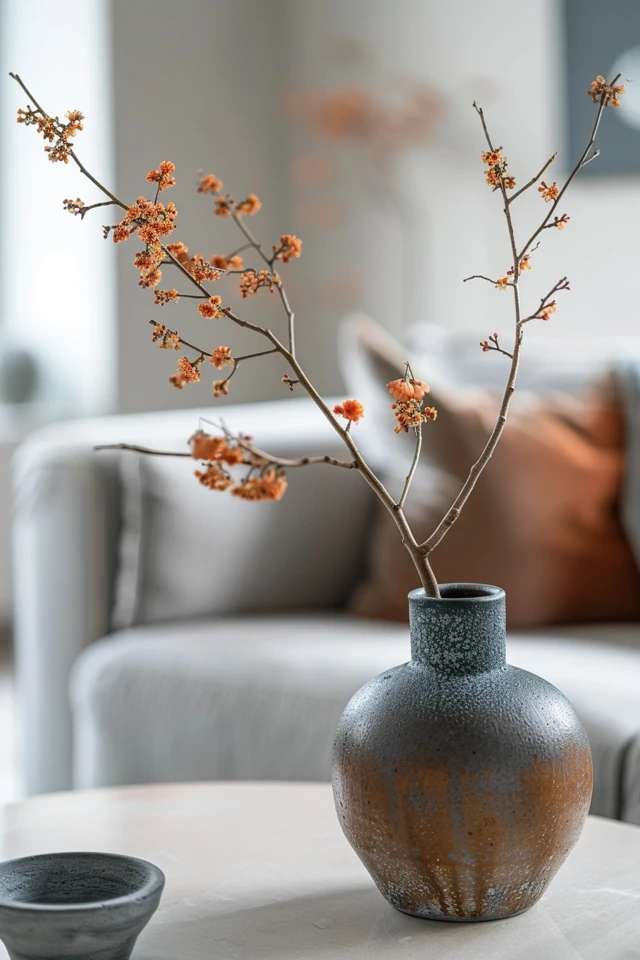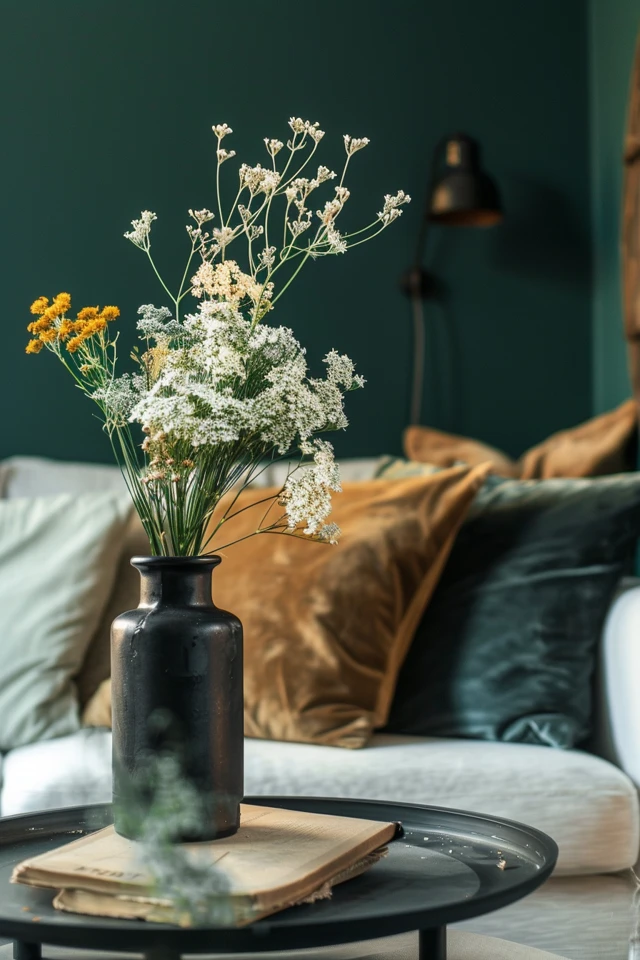The color palette of your home plays a crucial role in creating an aesthetic and harmonious living environment. As an architect and interior designer specializing in evidence-based design, I understand that selecting the right colors can transform your space, making it feel more cohesive, inviting, and reflective of your personal style. The perfect color palette can enhance your home’s atmosphere, affect your mood, and even influence the perception of space.
Choosing a color palette involves more than just picking your favorite colors. It requires an understanding of color theory, the impact of light, and how colors interact with each other. Whether you’re starting from scratch or looking to refresh your existing decor, this guide will provide you with practical tips and insights to help you choose the perfect color palette for an aesthetic home.

Key Takeaways
- Understanding color theory is essential for creating a harmonious color palette.
- The impact of light and color interactions should guide your choices.
- Neutral bases and accent colors create balance and interest.
- Evidence-based design principles ensure that your color palette enhances your home’s aesthetics and functionality.
- Personal style and preferences play a significant role in your color selection.
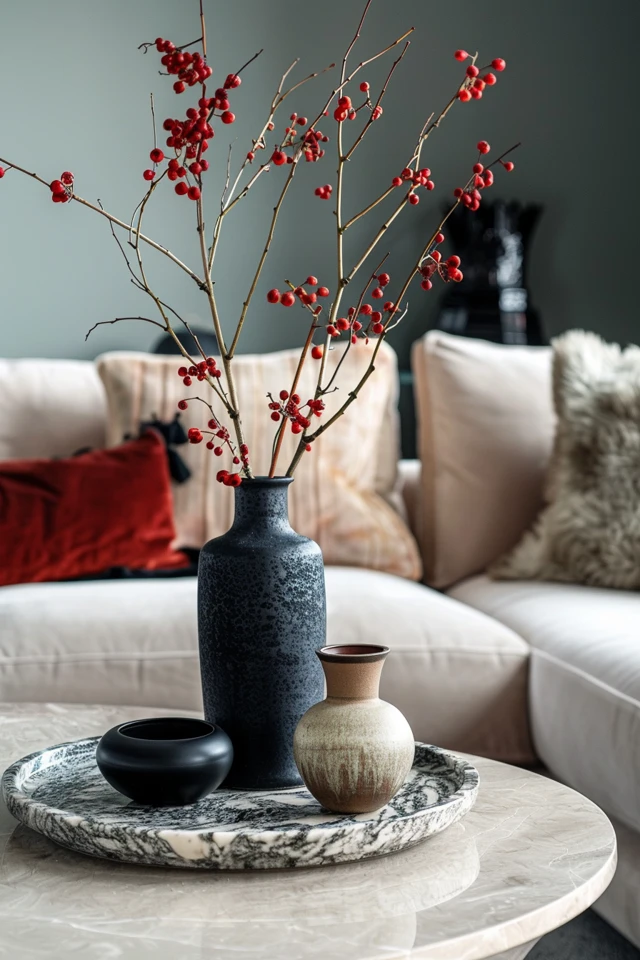
1. Understand Color Theory
Color theory is the foundation of creating a cohesive and aesthetically pleasing color palette. Here are the basics:
- Color Wheel: The color wheel is a useful tool for understanding relationships between colors. It consists of primary, secondary, and tertiary colors. Complementary colors (opposite each other on the wheel) create contrast, while analogous colors (next to each other) create harmony.
- Warm and Cool Colors: Warm colors (reds, oranges, yellows) create a cozy and energetic atmosphere, while cool colors (blues, greens, purples) evoke calmness and serenity. Choose a balance that reflects the mood you want to create.
- Tints, Shades, and Tones: Tints are colors mixed with white, shades are mixed with black, and tones are mixed with gray. These variations can add depth and interest to your color palette.
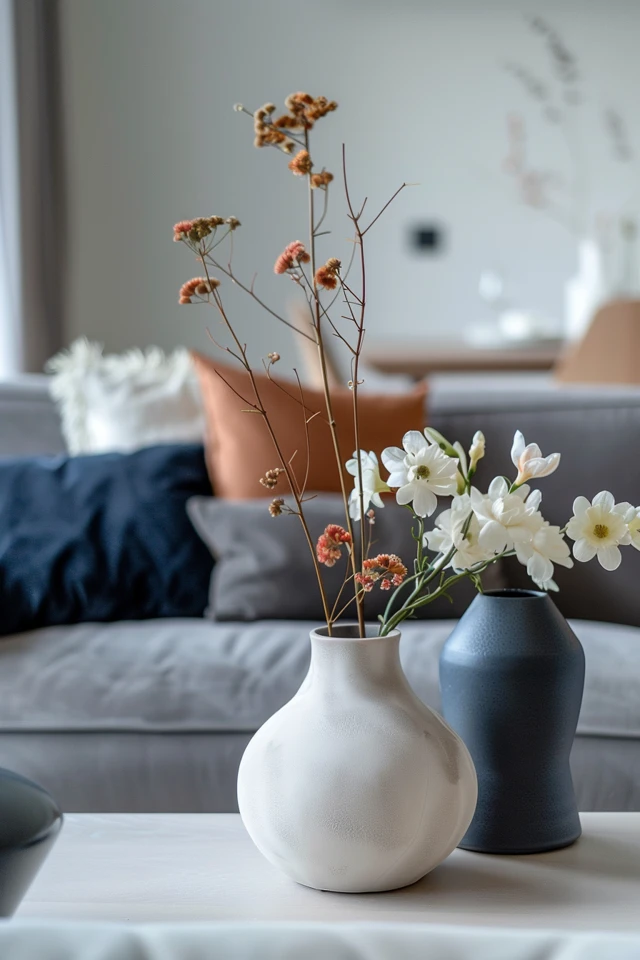
2. Consider the Impact of Light
Light plays a significant role in how colors appear in your home. Here’s how to consider lighting in your color choices:
- Natural Light: Rooms with abundant natural light can handle darker or more saturated colors, while rooms with limited natural light benefit from lighter shades to enhance brightness.
- Artificial Light: Different types of artificial lighting (incandescent, fluorescent, LED) can affect how colors look. Test paint samples under the lighting conditions of the room to ensure they appear as desired.
- Directional Light: The direction of natural light (north, south, east, west) can influence the color temperature. North-facing rooms tend to have cooler light, while south-facing rooms have warmer light.
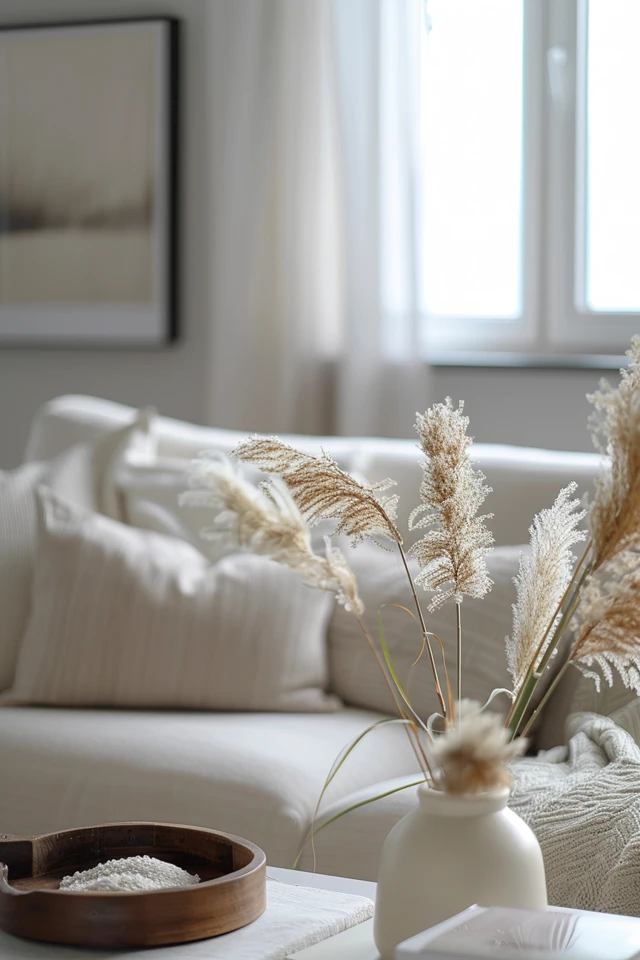
3. Start with a Neutral Base
A neutral base provides a versatile and timeless foundation for your color palette. Here are some tips:
- White and Off-White: These colors create a clean and fresh backdrop that can make spaces feel larger and more open.
- Gray and Beige: These versatile neutrals work well in any room and can serve as a sophisticated canvas for other colors.
- Taupe and Greige: A blend of gray and beige, these colors add warmth and depth without overwhelming the space.
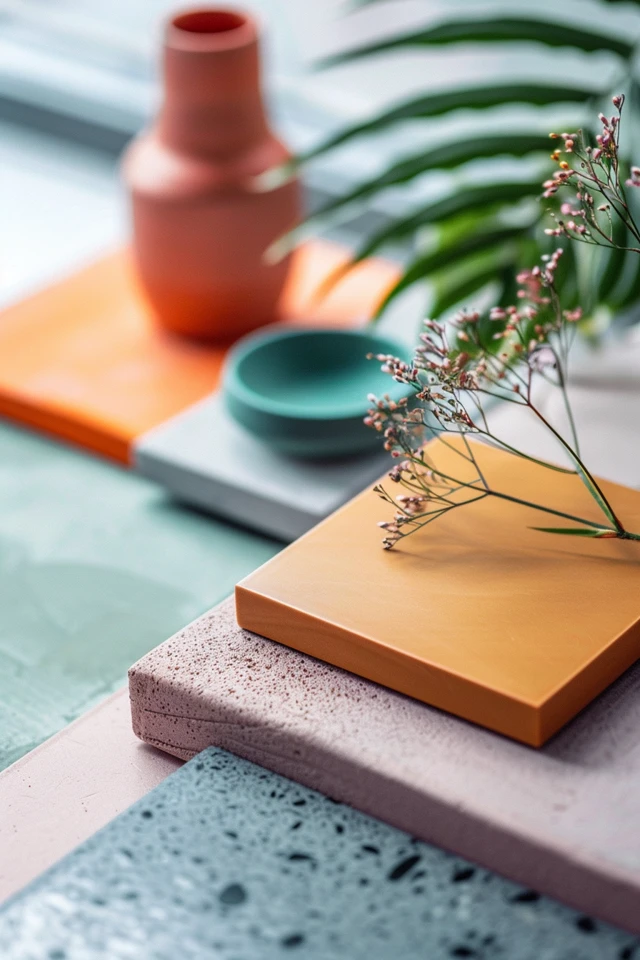
4. Introduce Accent Colors
Accent colors add personality and interest to your home. Here’s how to incorporate them:
- Feature Walls: Use bold or contrasting colors on a feature wall to create a focal point. This can be behind a sofa, bed, or dining area.
- Furniture and Decor: Introduce accent colors through furniture, throw pillows, rugs, and artwork. This allows you to add pops of color without committing to a full room.
- Layering: Layer different shades and tones of your accent colors to add depth and complexity to the room.
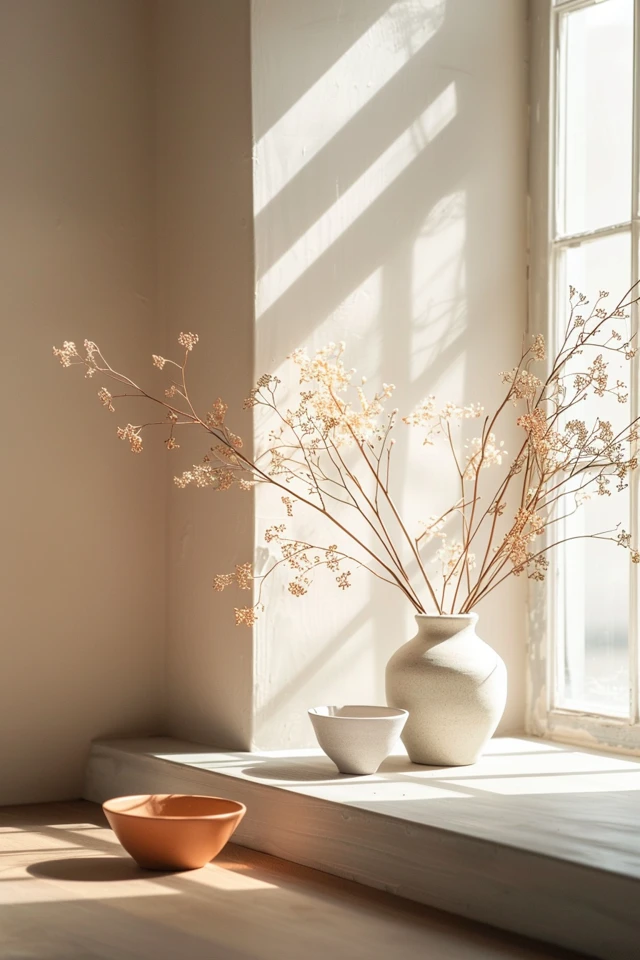
5. Create Flow and Cohesion
Creating flow and cohesion between rooms ensures that your home feels unified and harmonious. Here are some strategies:
- Color Continuity: Use a consistent color palette throughout the house, with variations in shades and accents to define different spaces while maintaining a cohesive look.
- Transition Spaces: Pay attention to hallways, staircases, and other transition areas. These spaces should blend seamlessly with the adjoining rooms to create a smooth visual flow.
- Repetition: Repeat key colors and elements in different rooms to create a sense of unity and coherence.
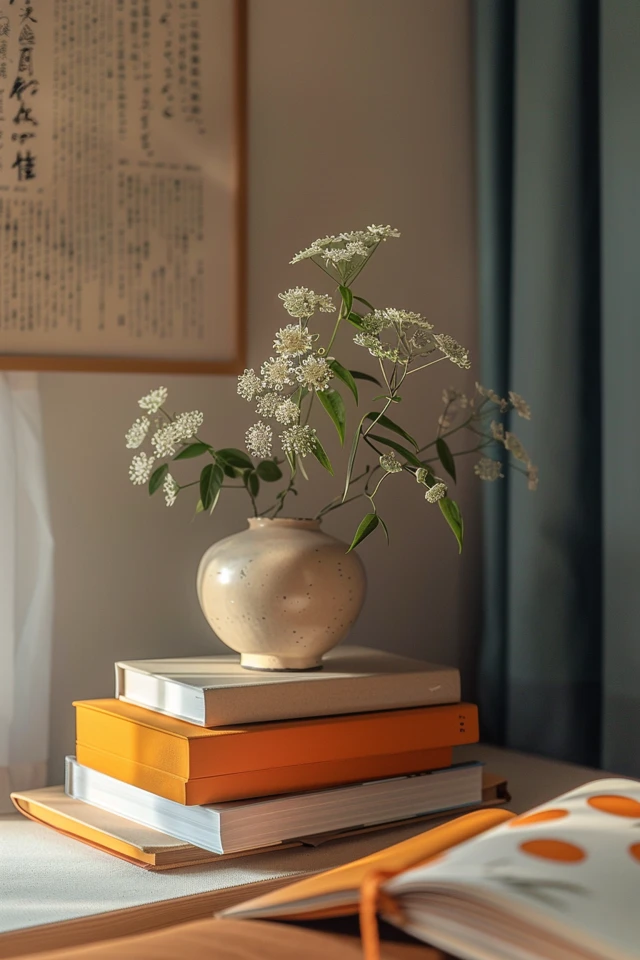
Conclusion
Choosing the perfect color palette for your home is a blend of art and science. By understanding color theory, considering the impact of light, starting with a neutral base, introducing accent colors, and creating flow and cohesion, you can transform your home into an aesthetic and harmonious space. The principles of evidence-based design ensure that your color choices not only enhance the beauty of your home but also its functionality and comfort.
A well-chosen color palette reflects your personal style and makes your home a more enjoyable and inviting place. Embrace the process of selecting colors, and don’t be afraid to experiment and have fun with it. With thoughtful planning and a bit of creativity, you can achieve a beautifully designed home that you love.
So, get started on your color palette today and enjoy the transformation of your home into an aesthetic haven that reflects your unique personality and style.
Inspirational Pictures
